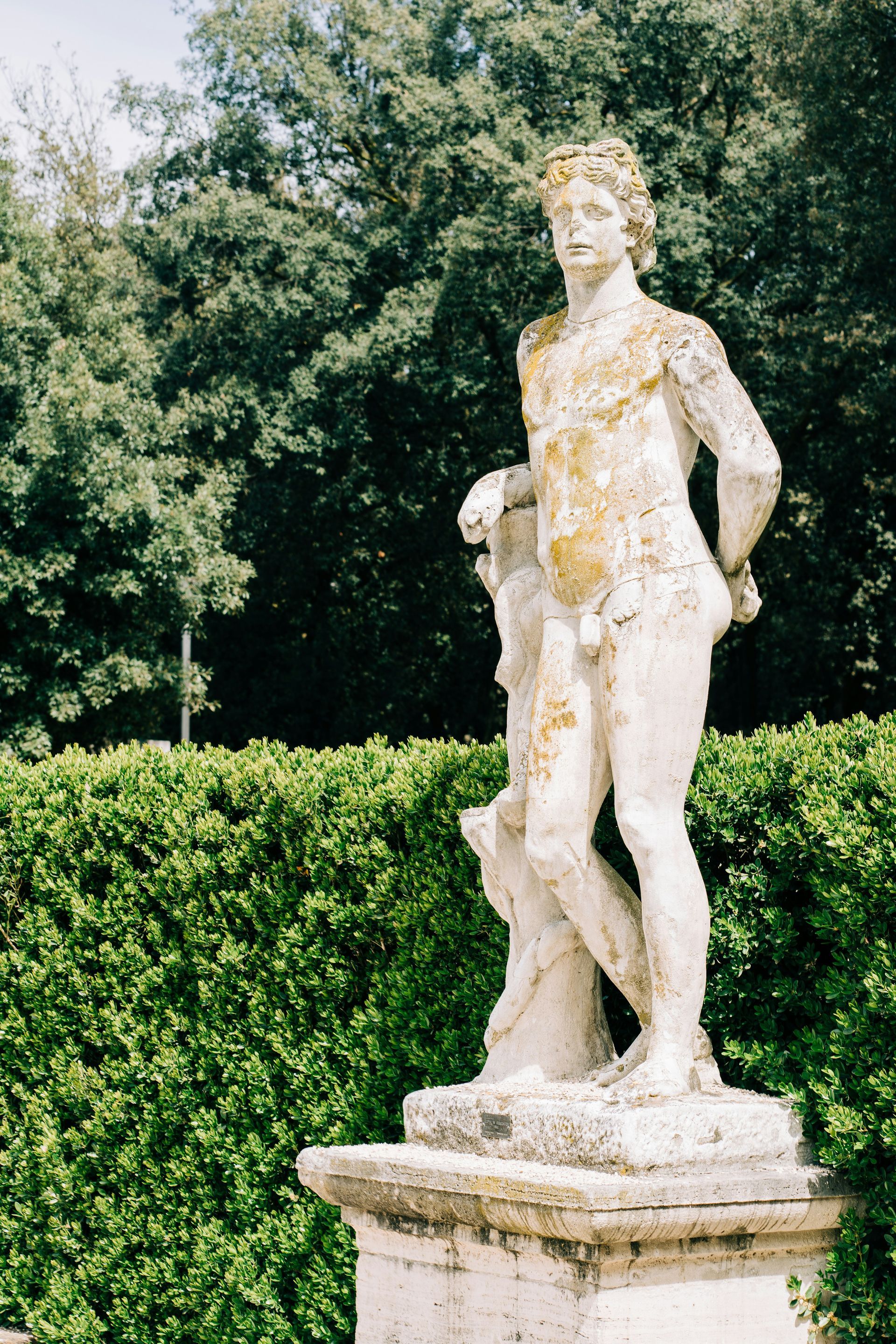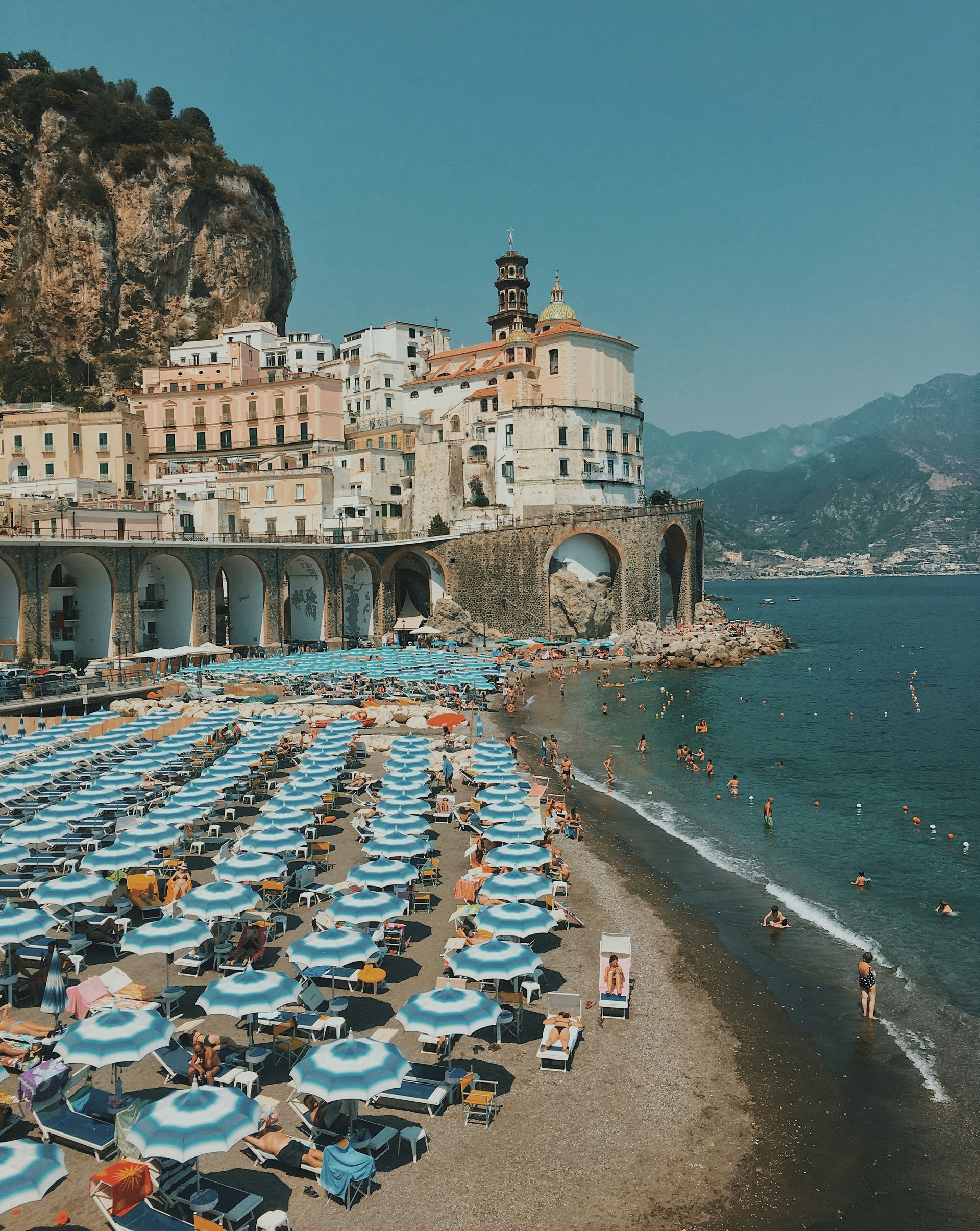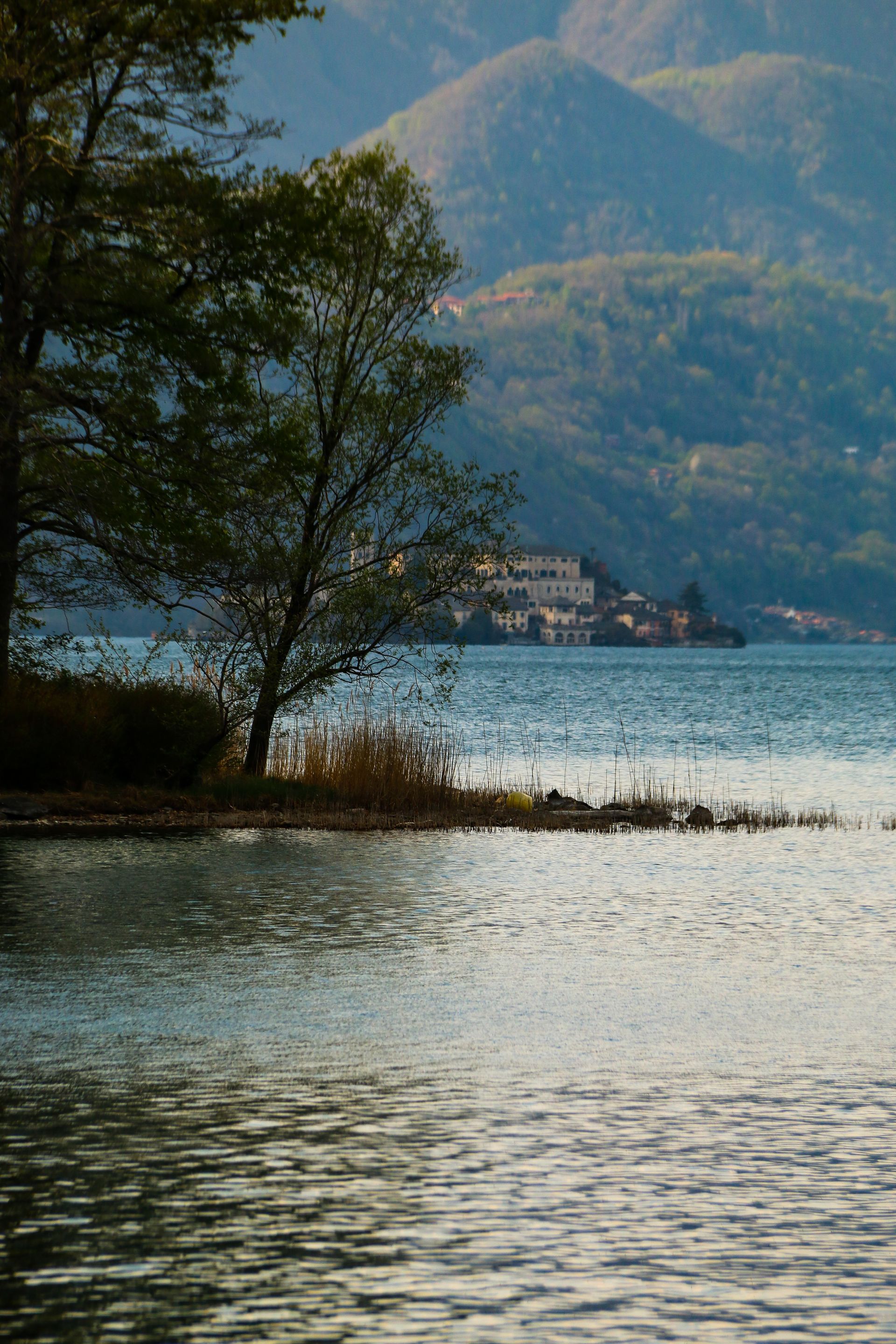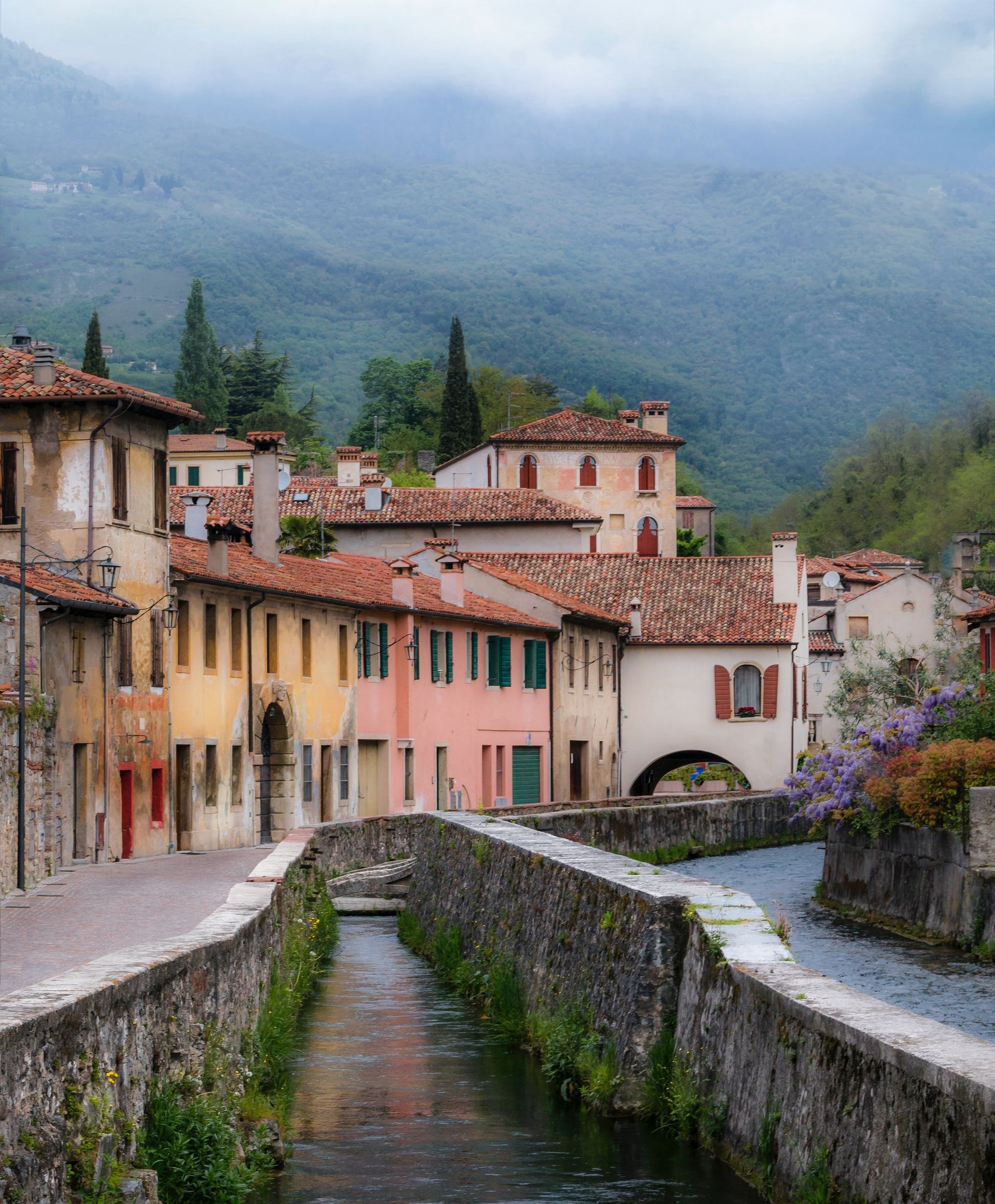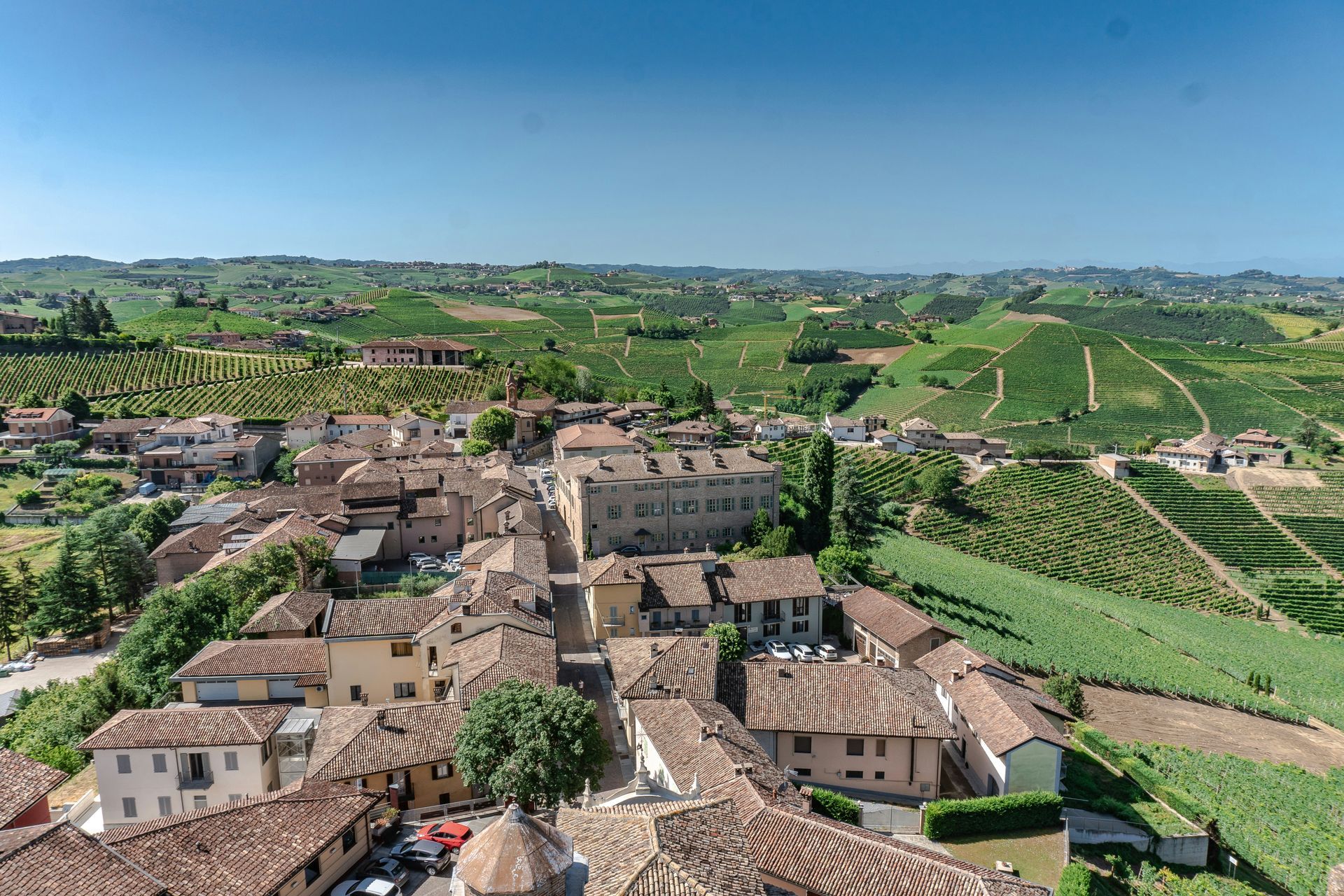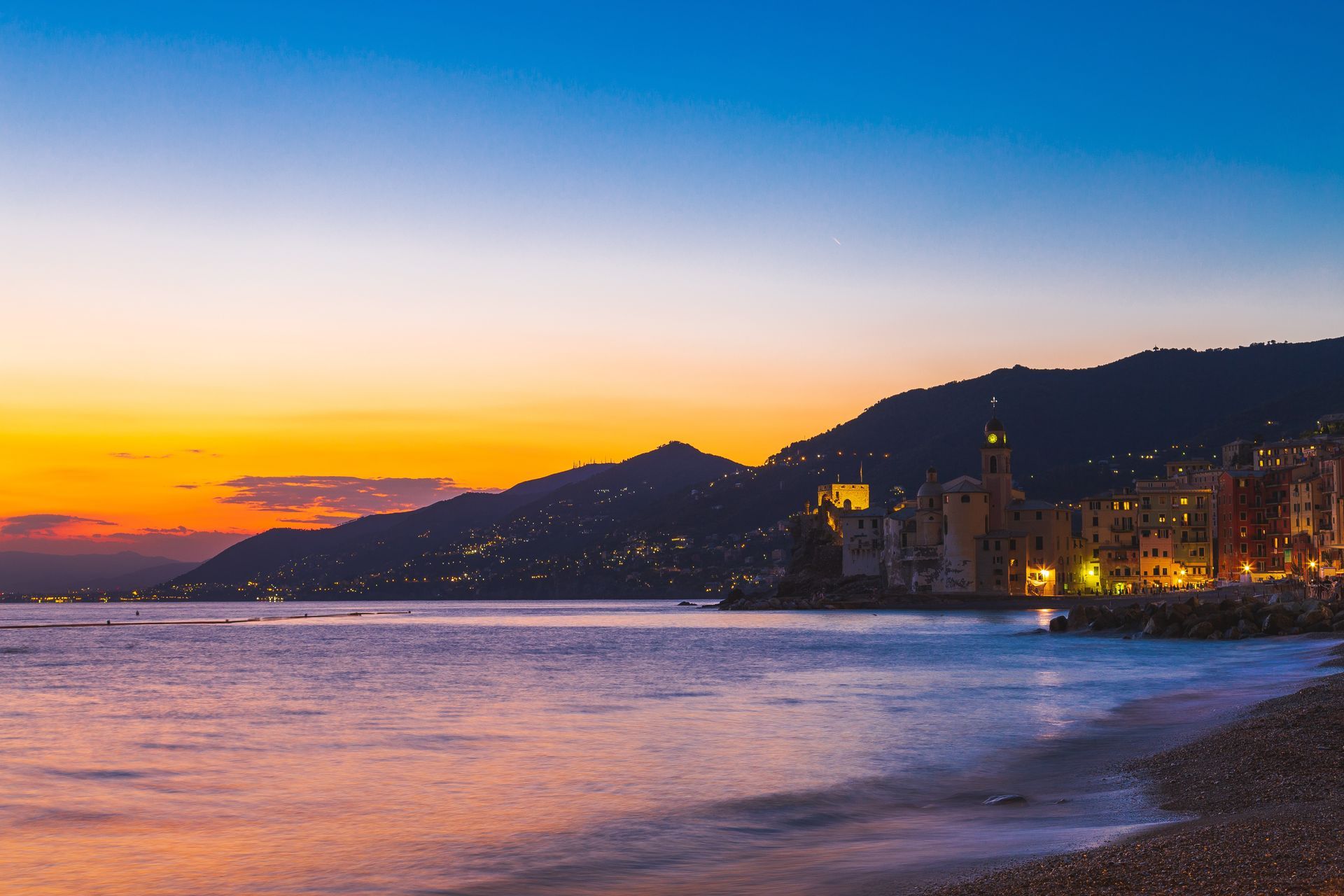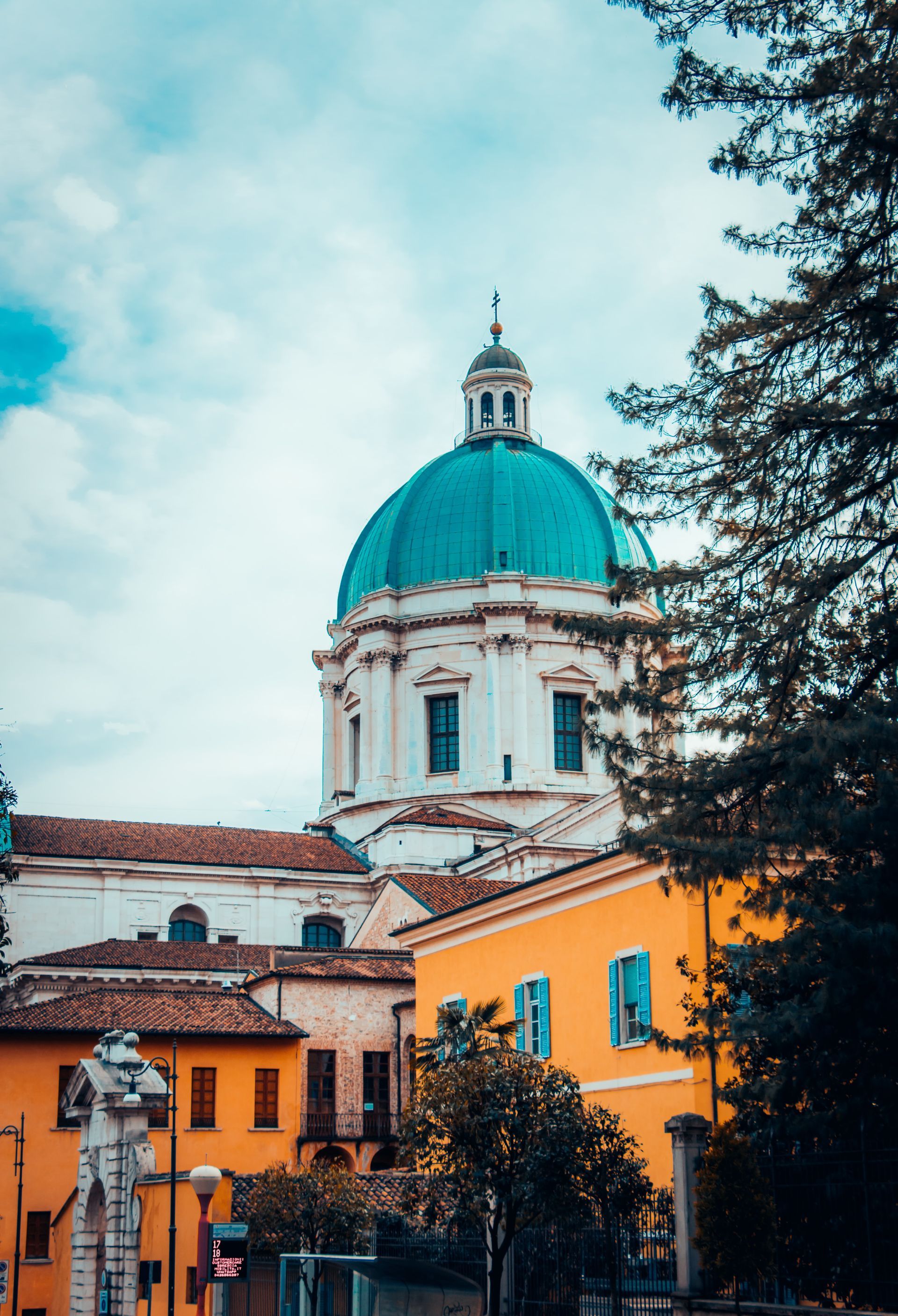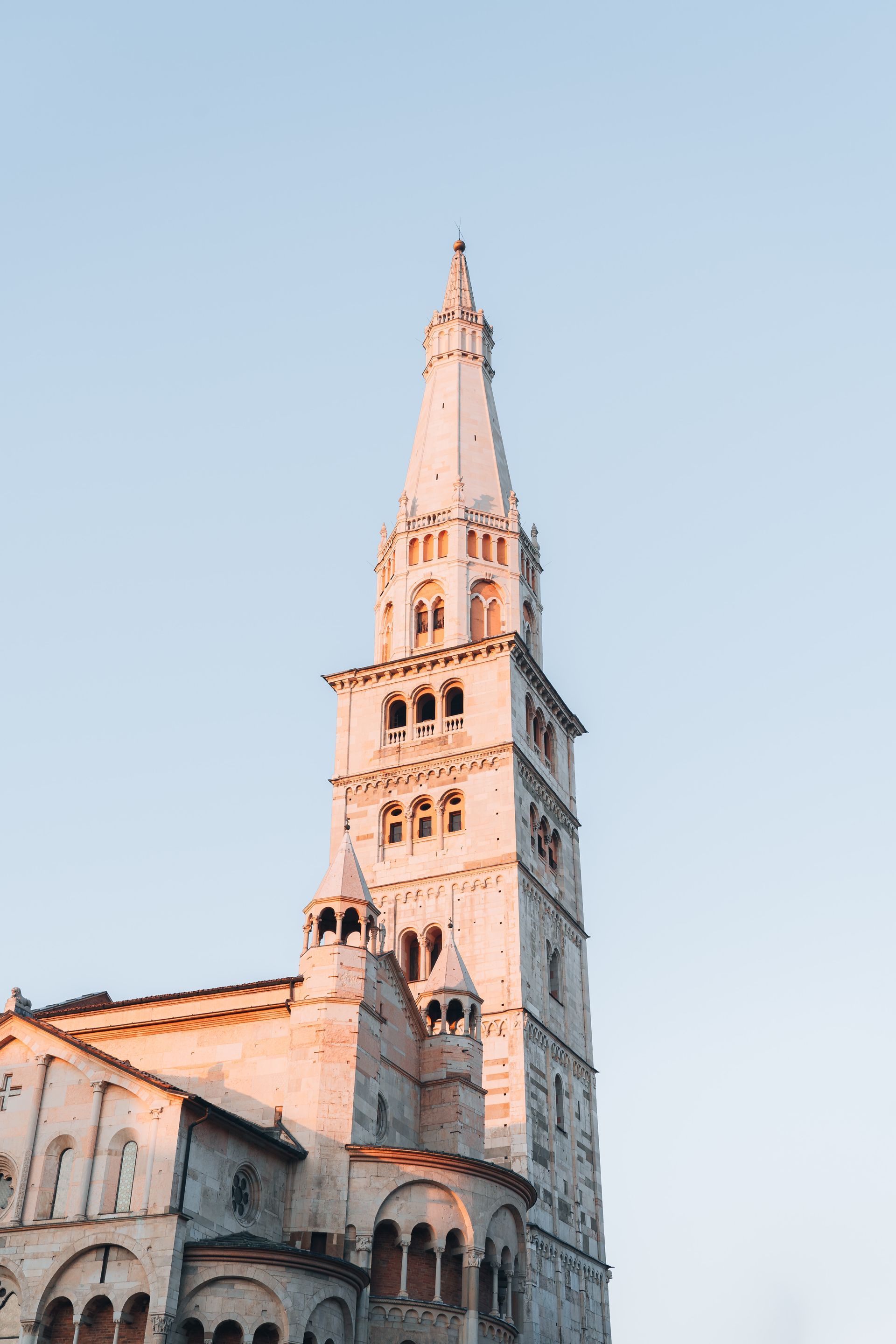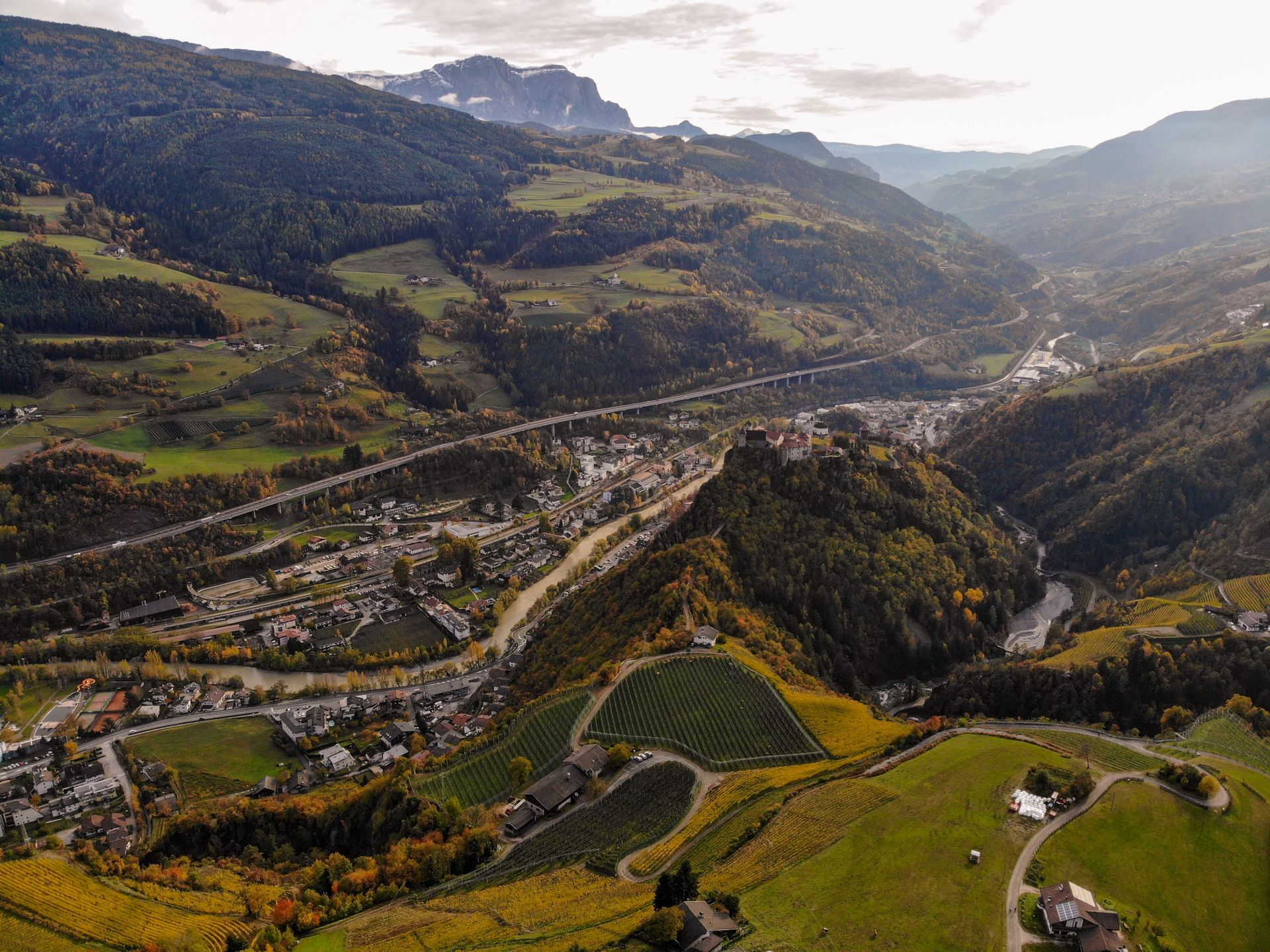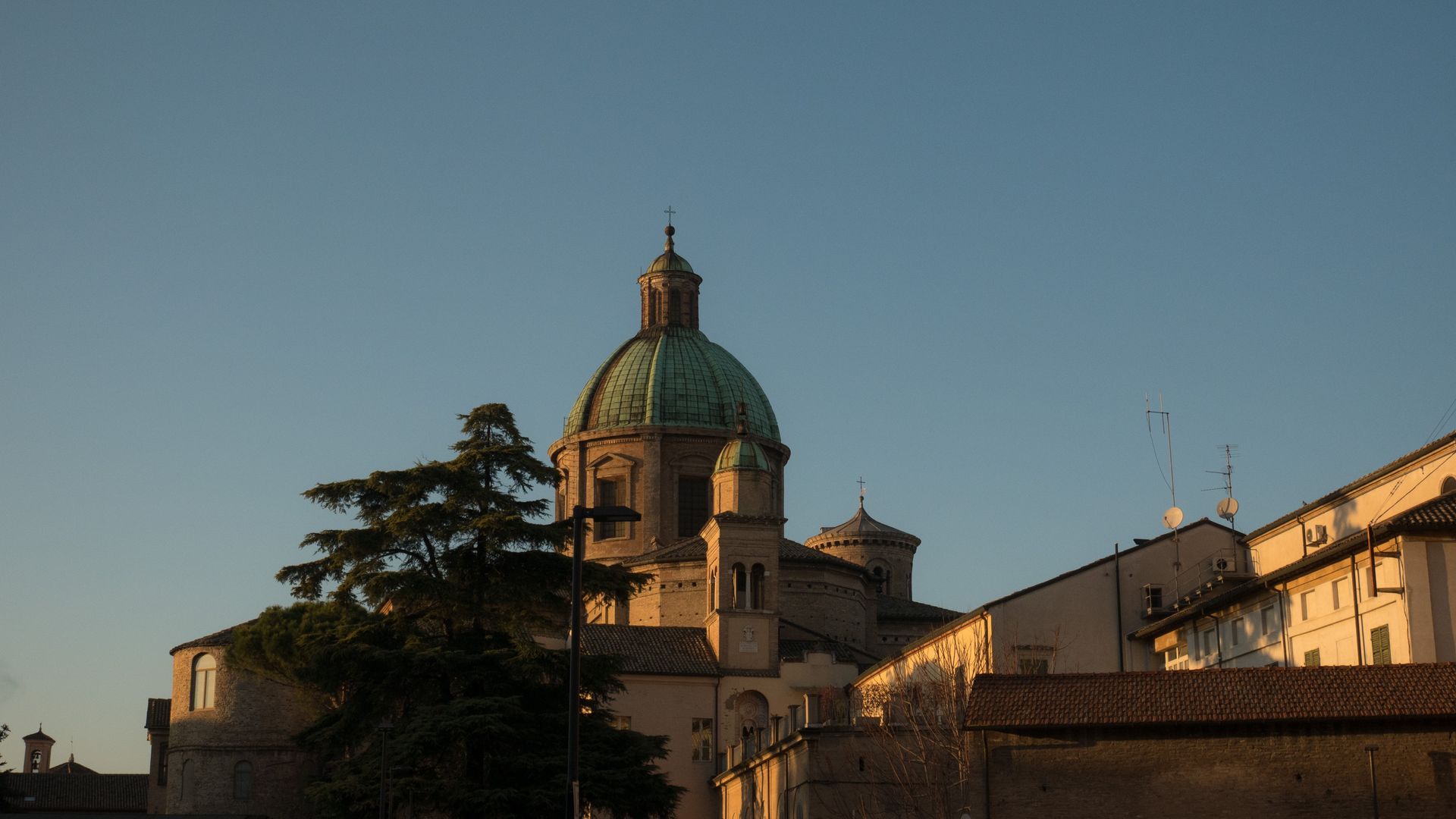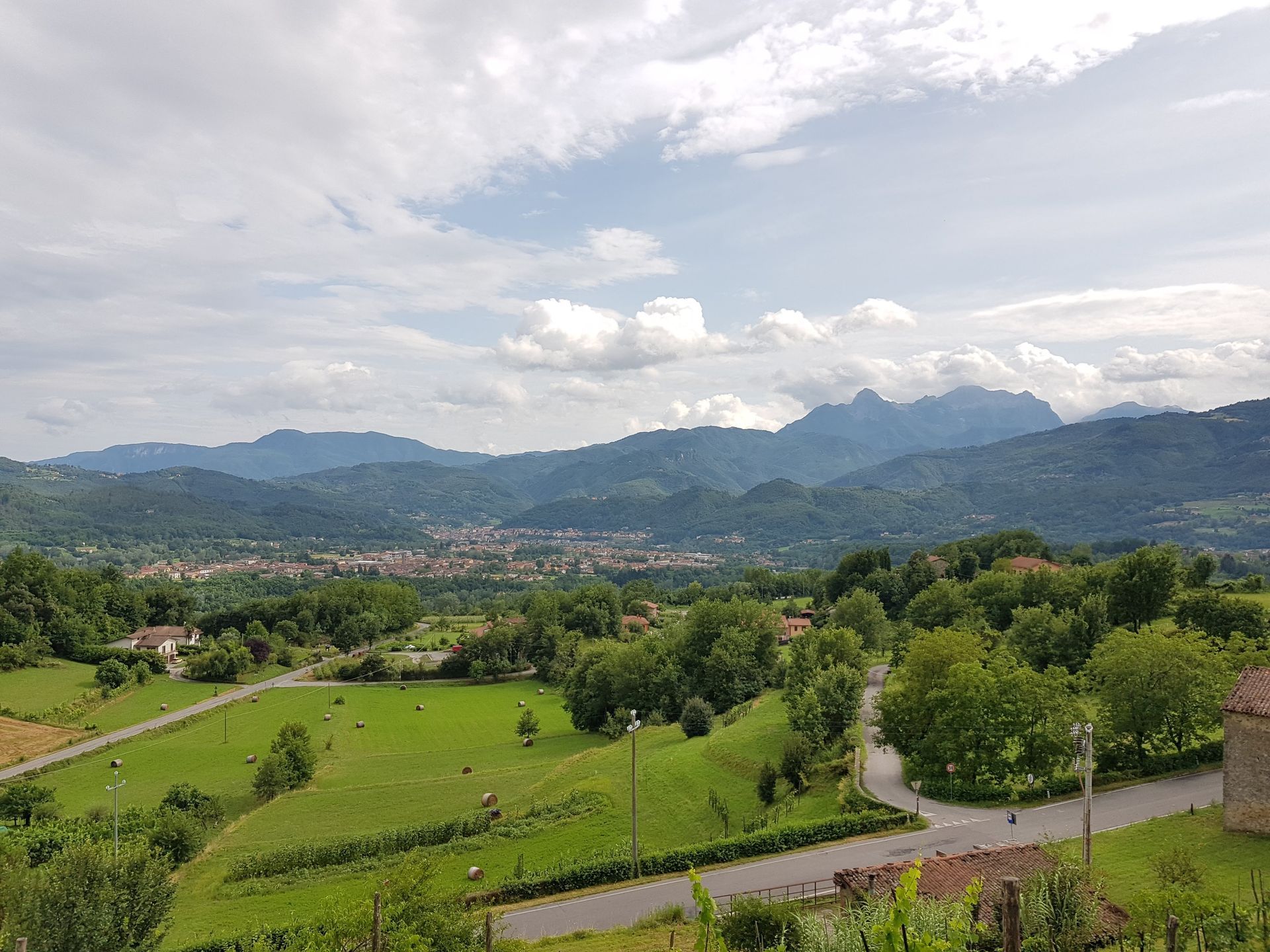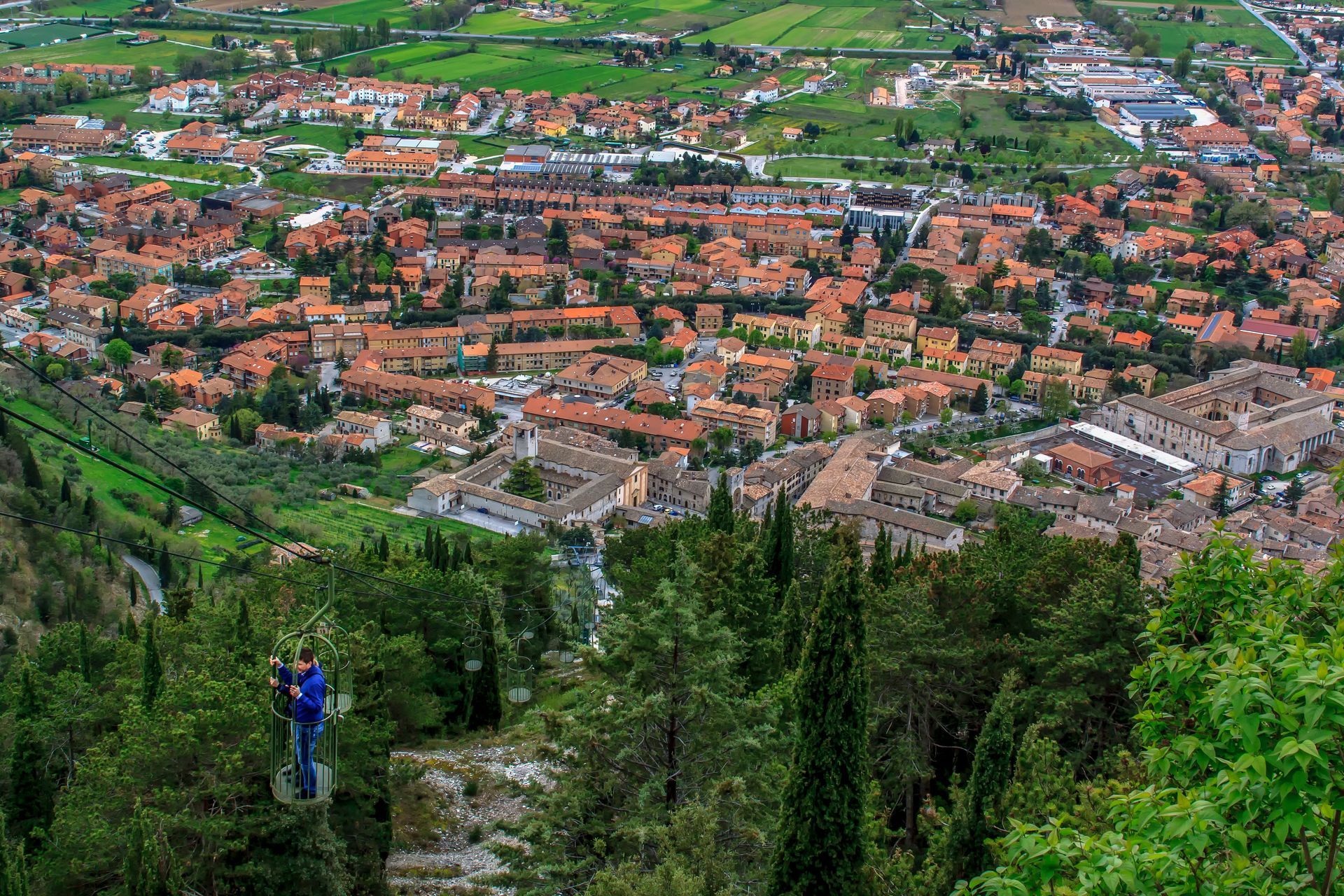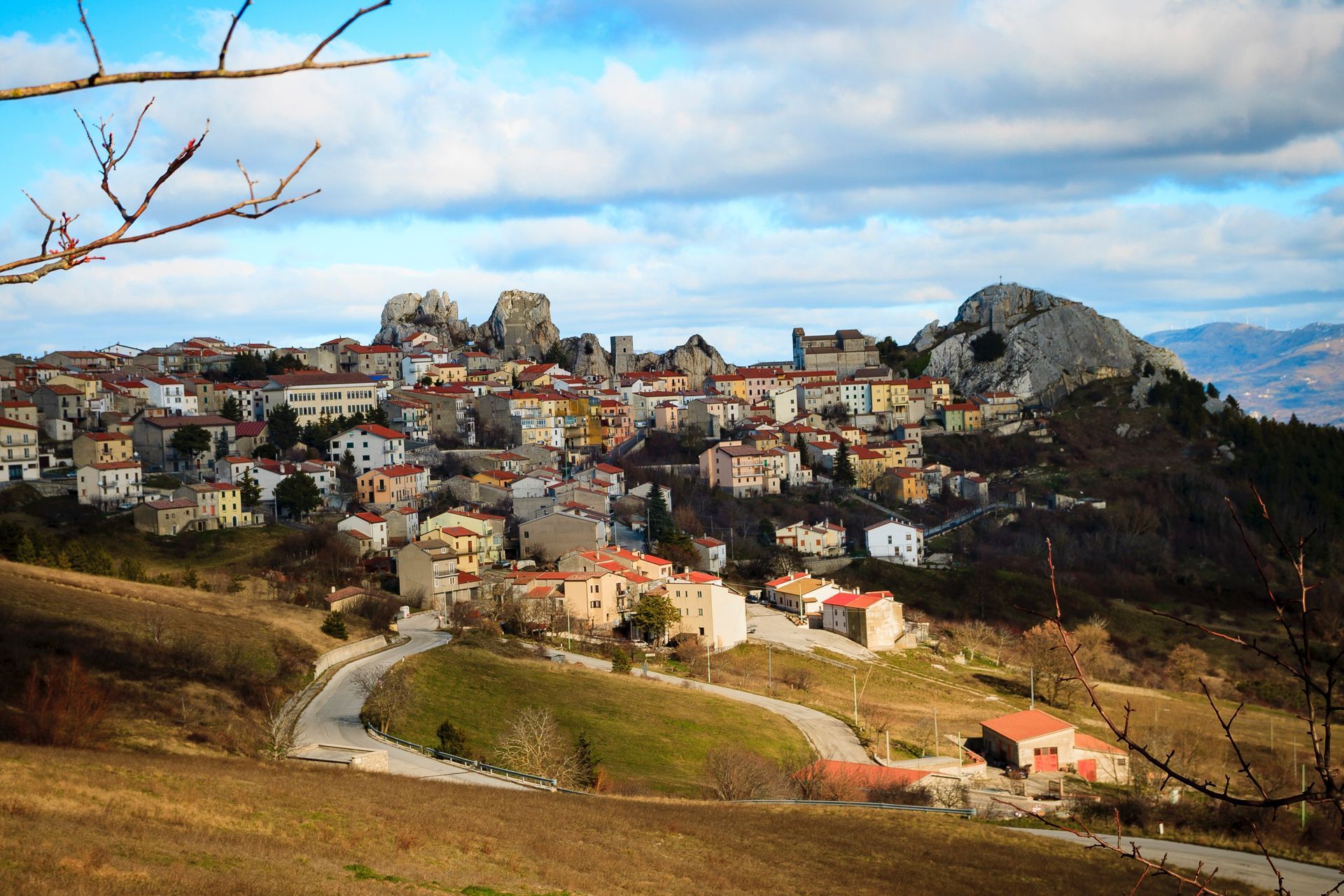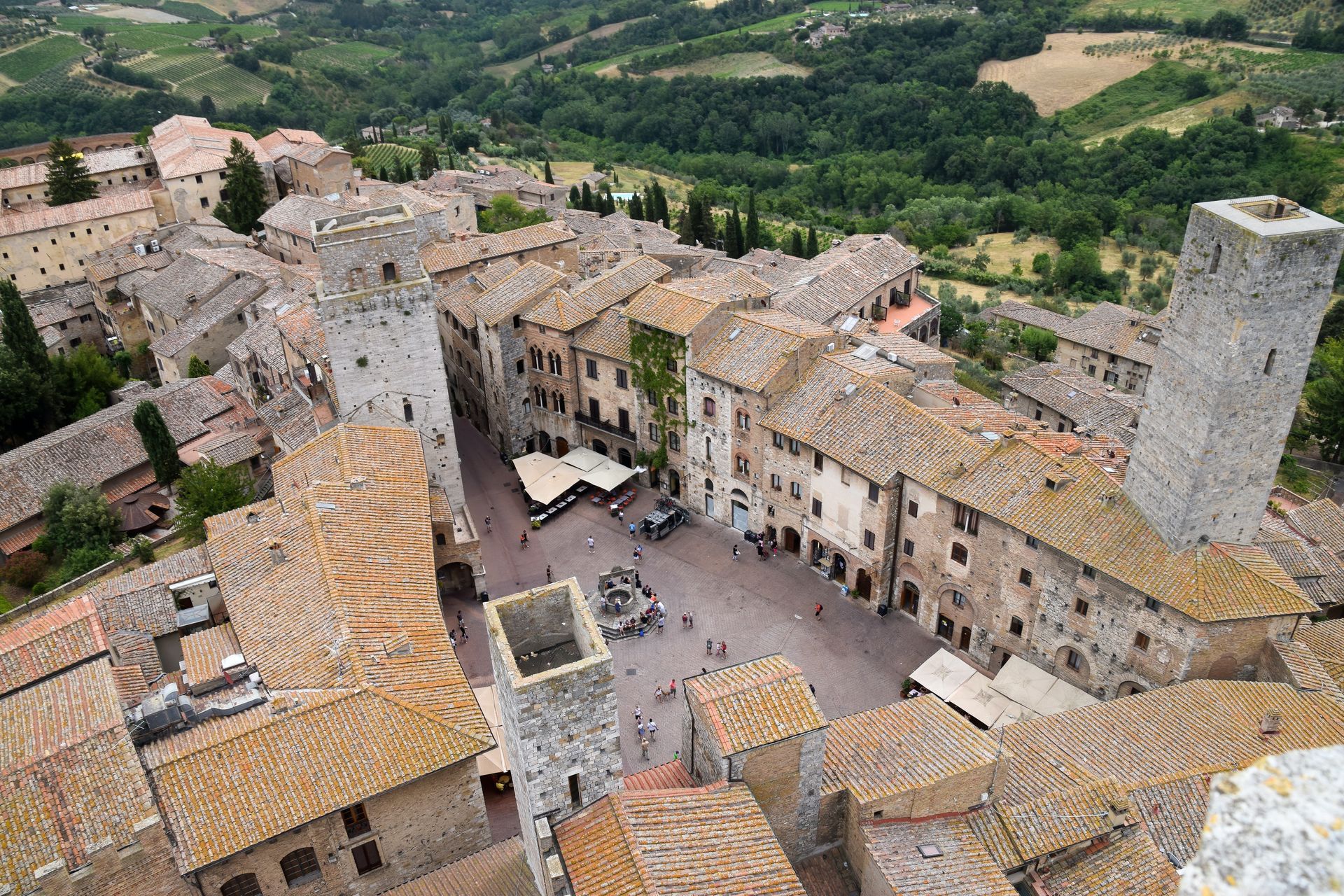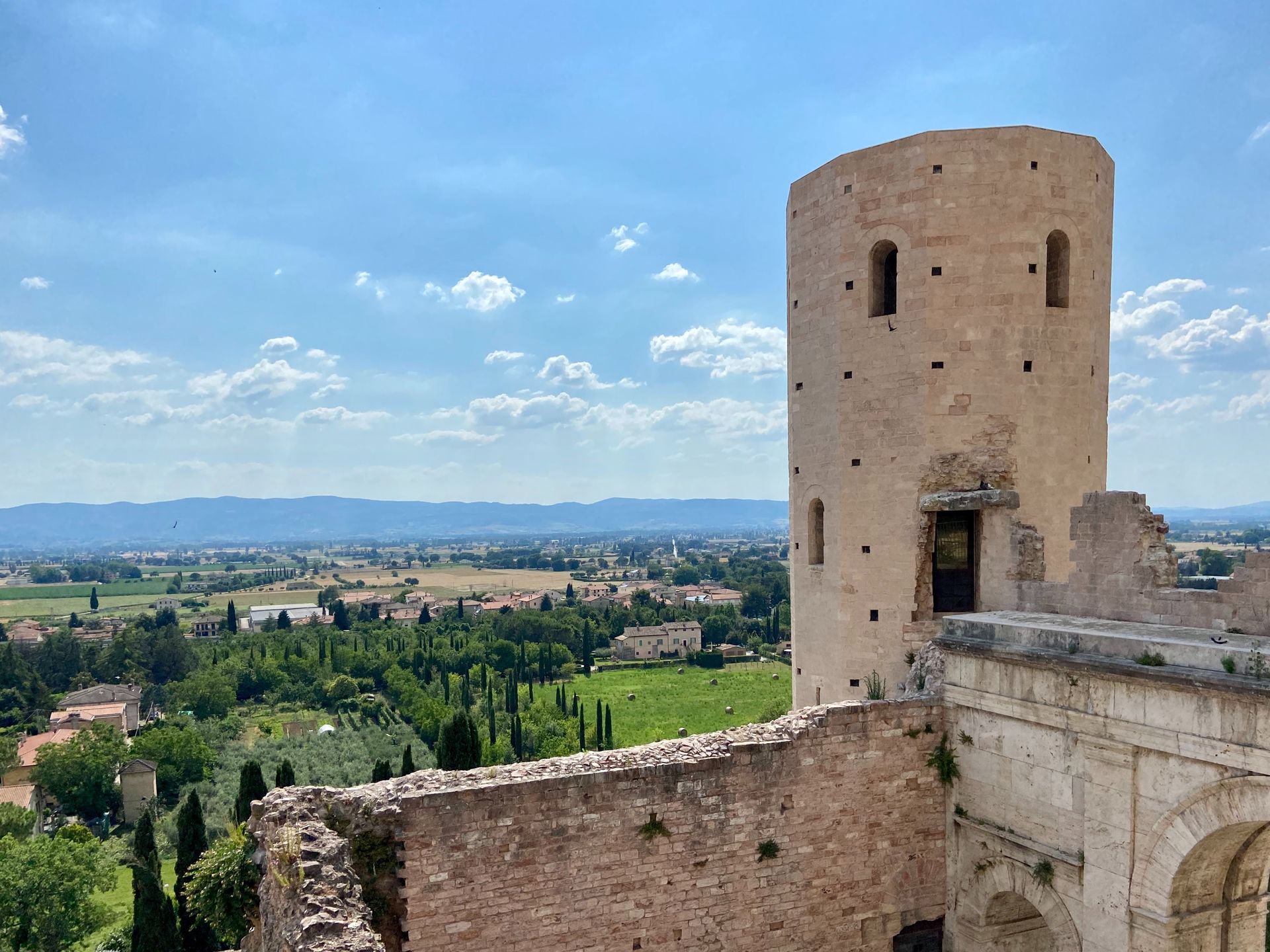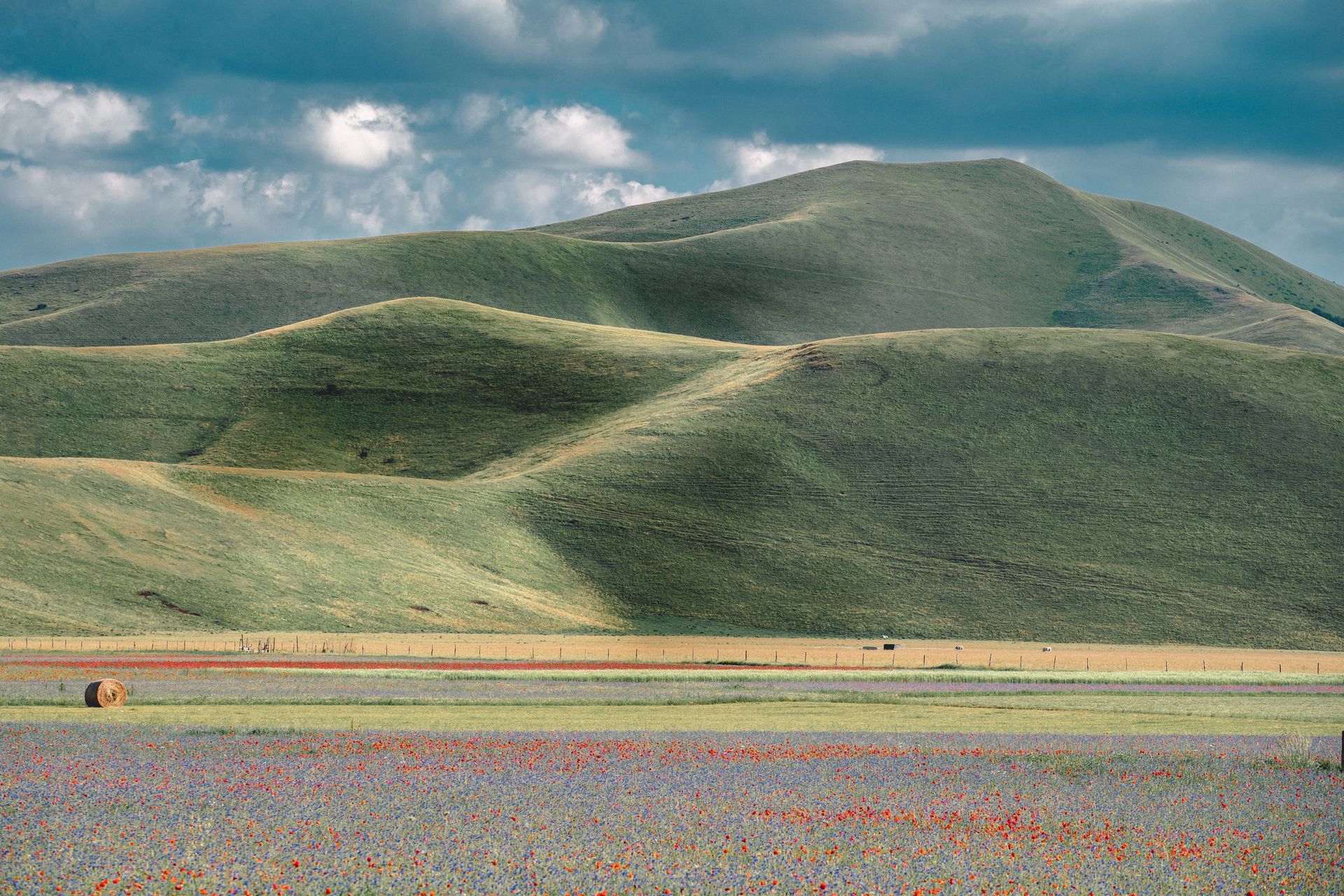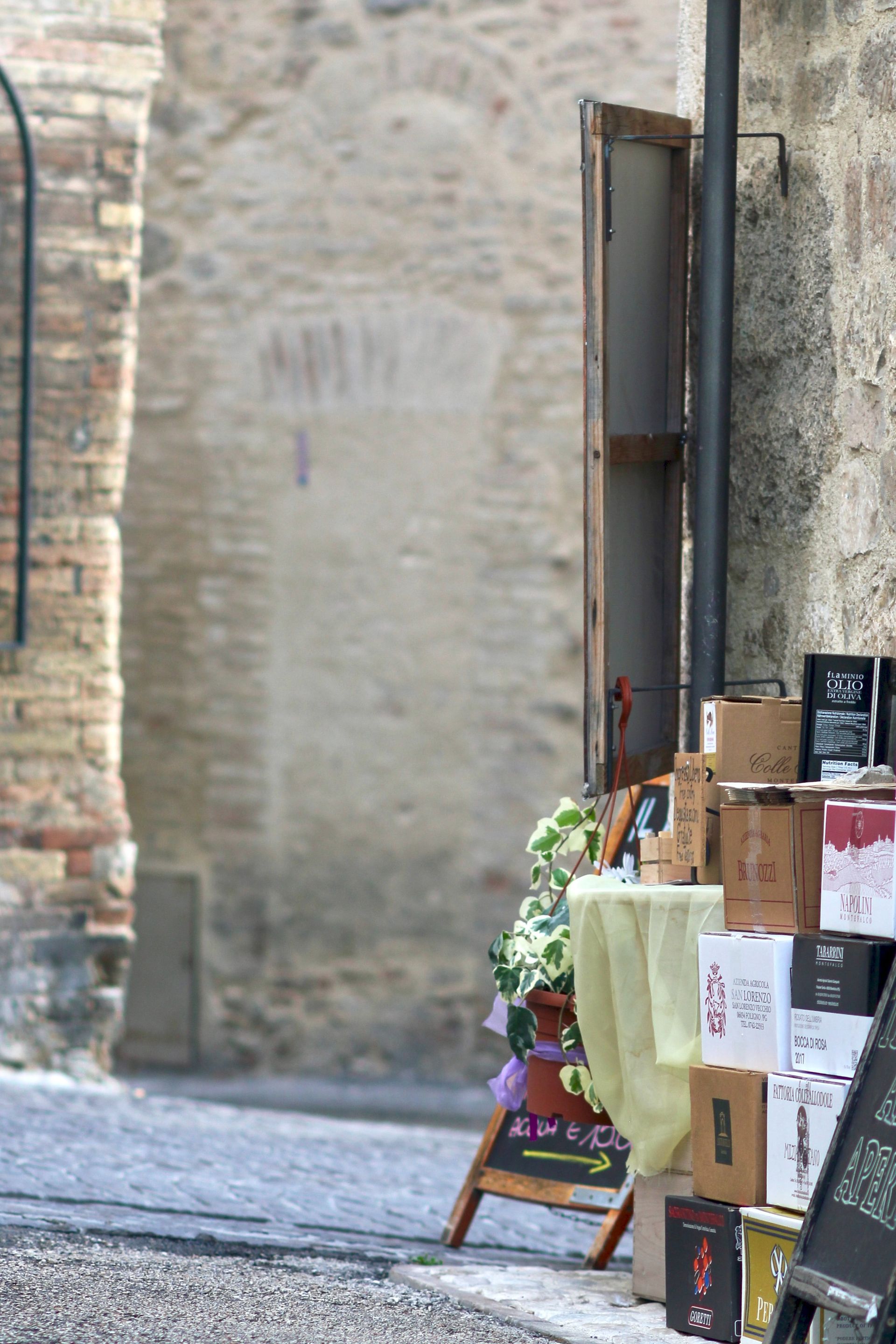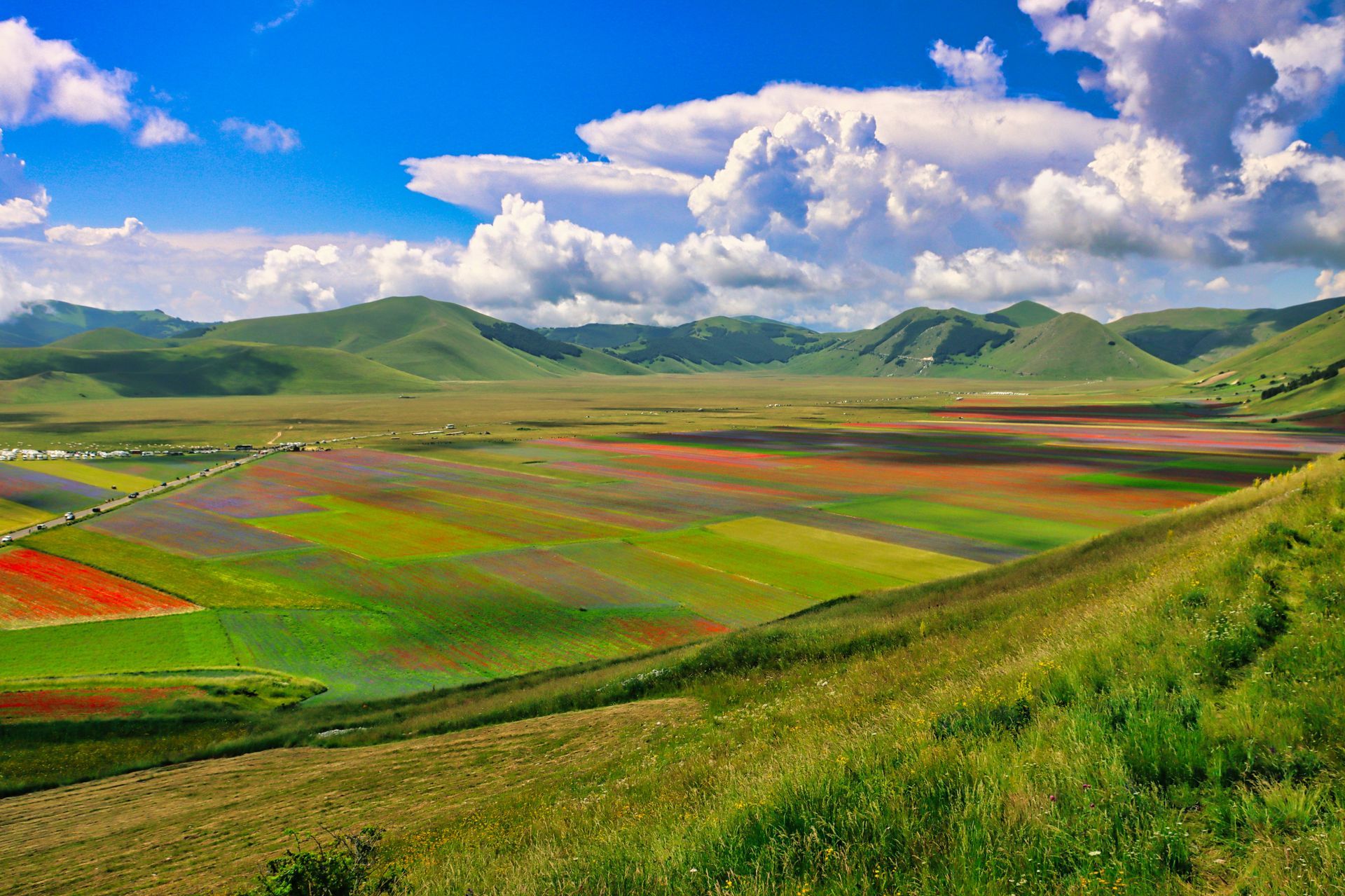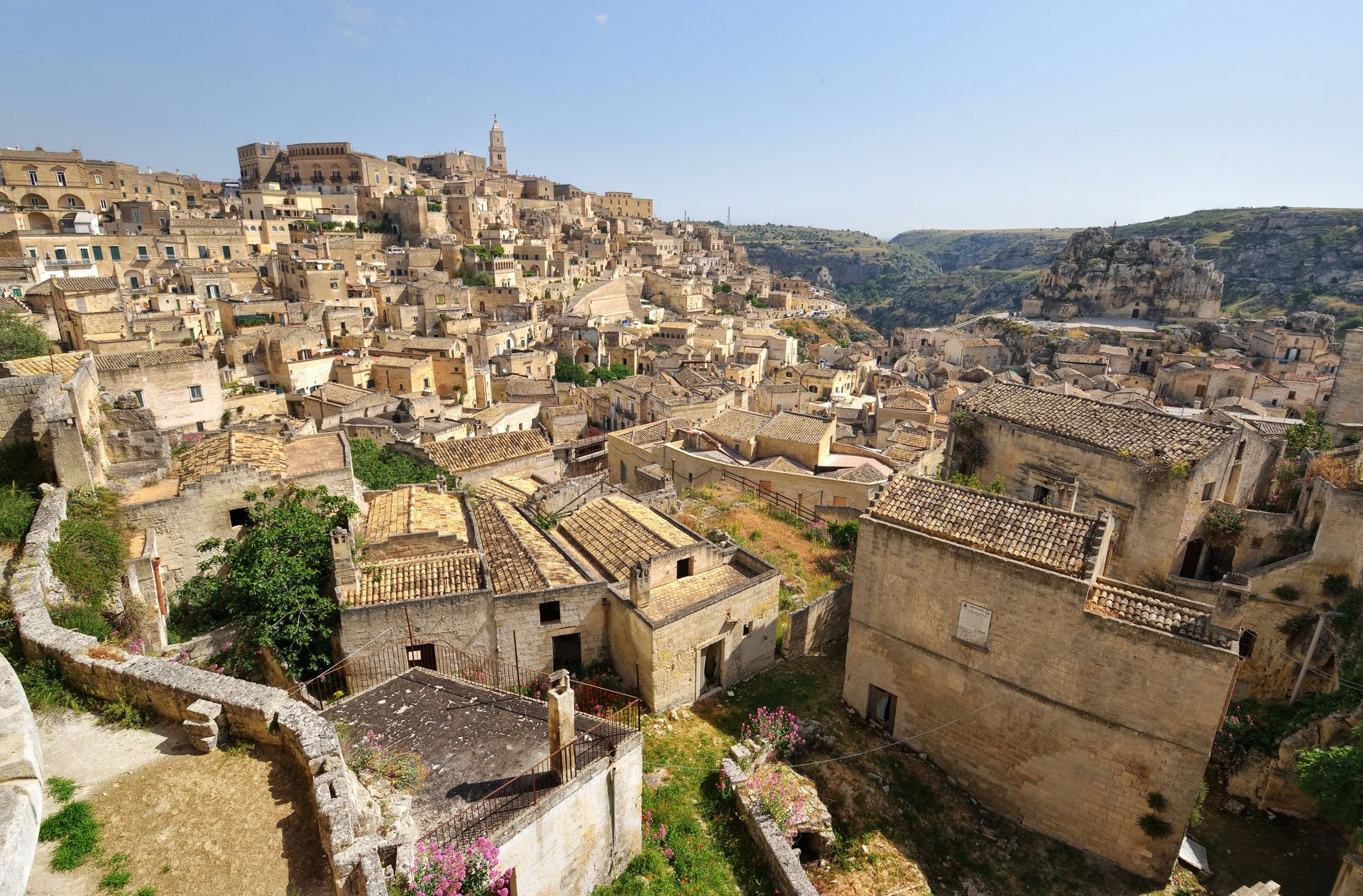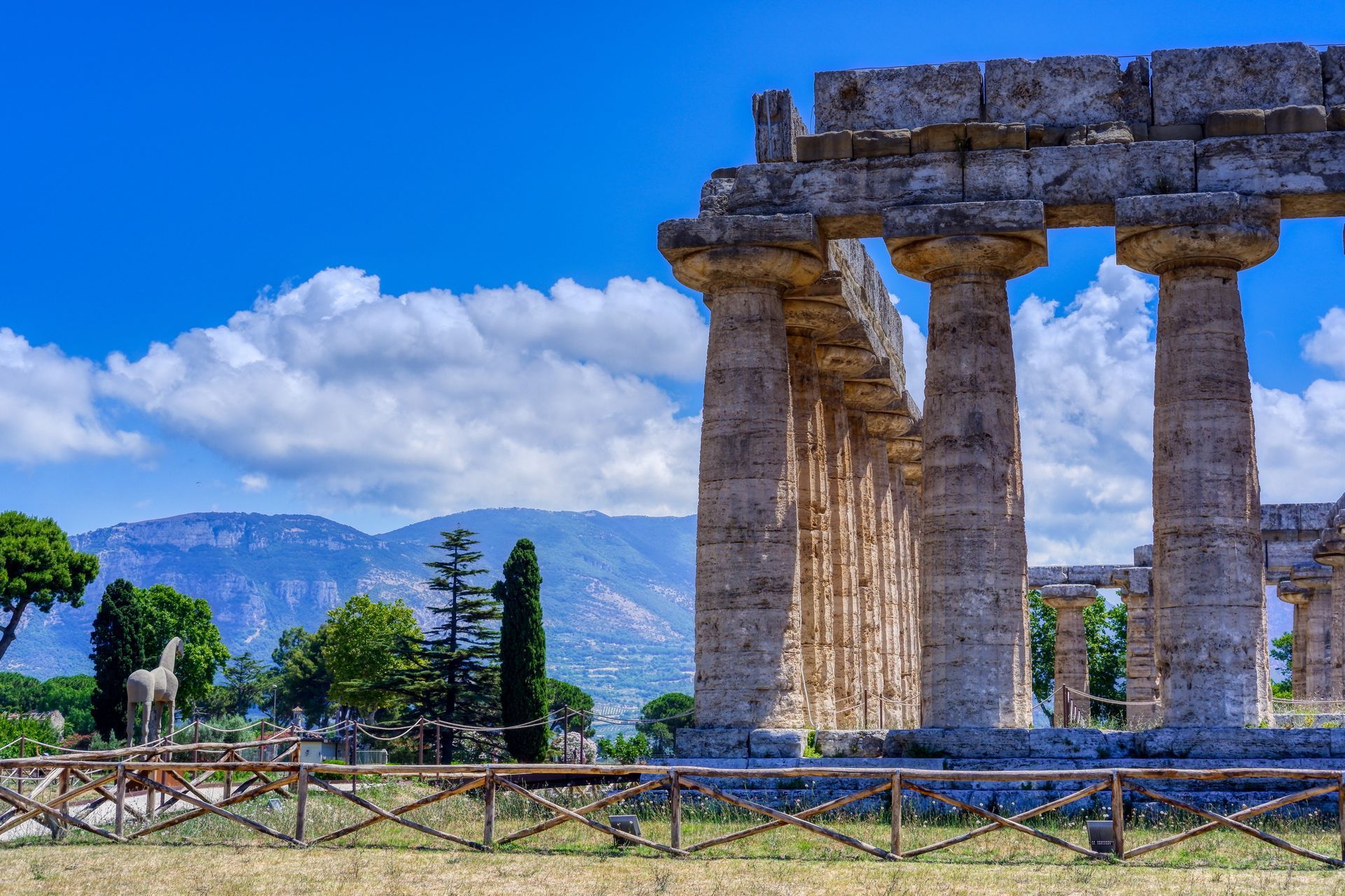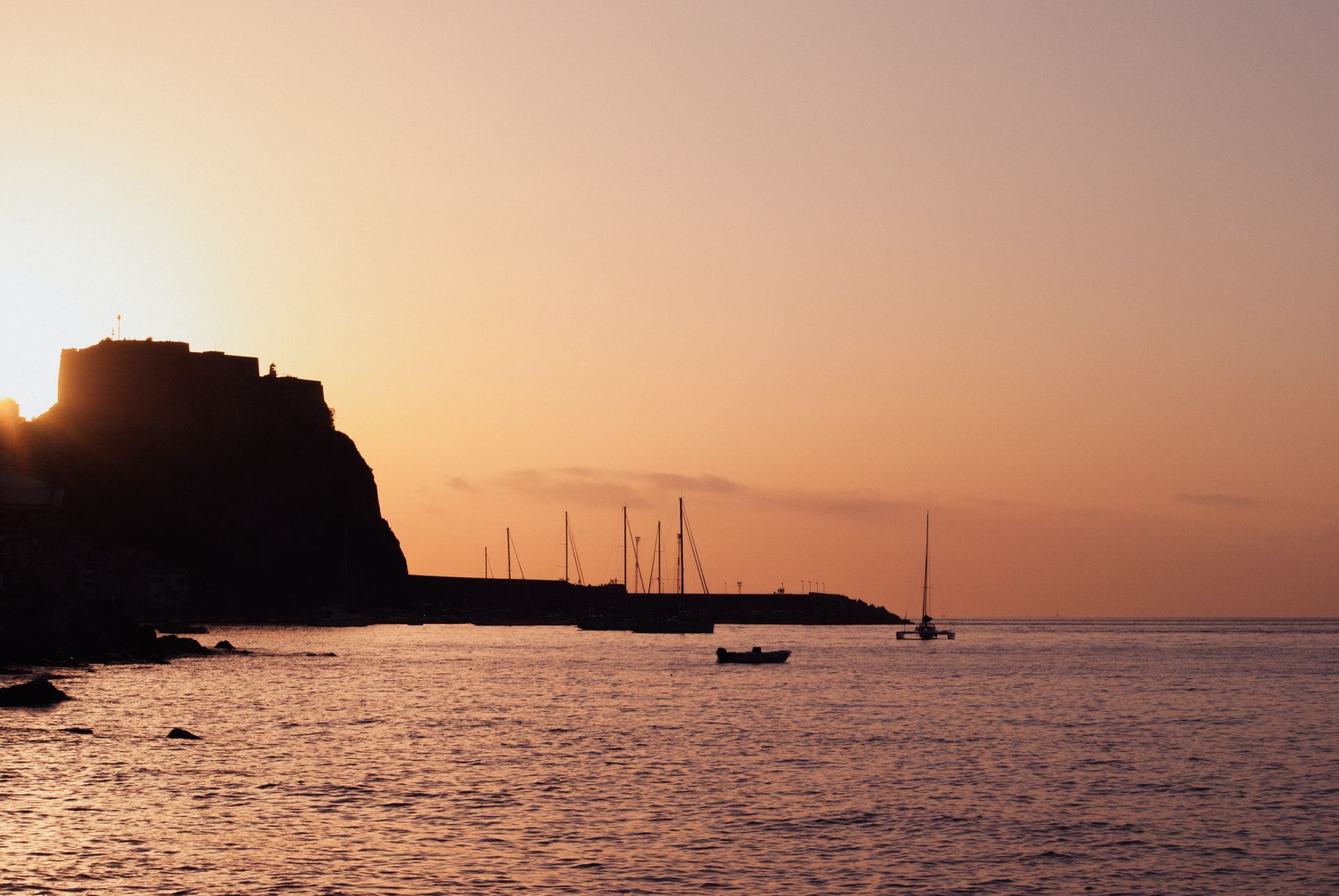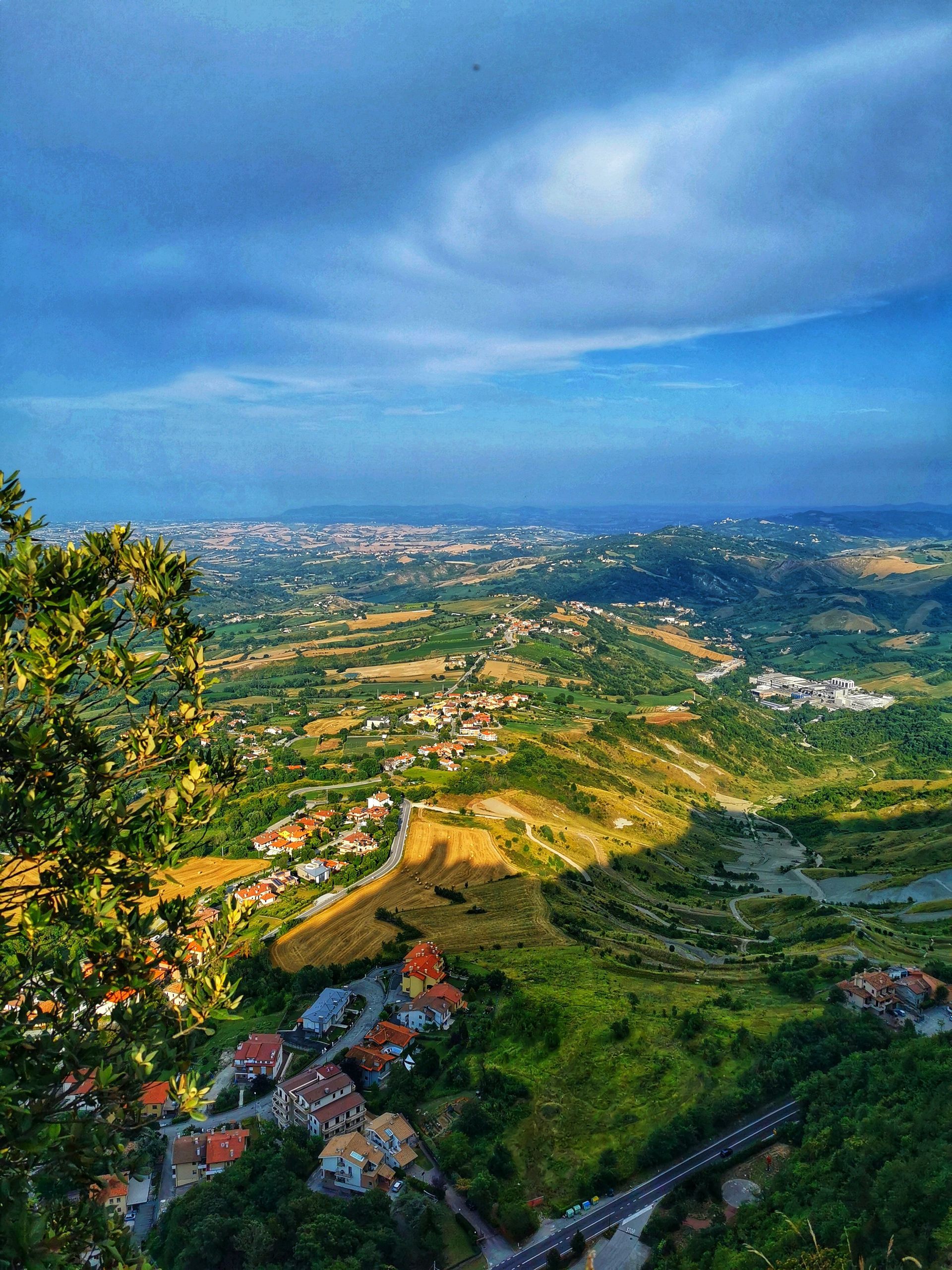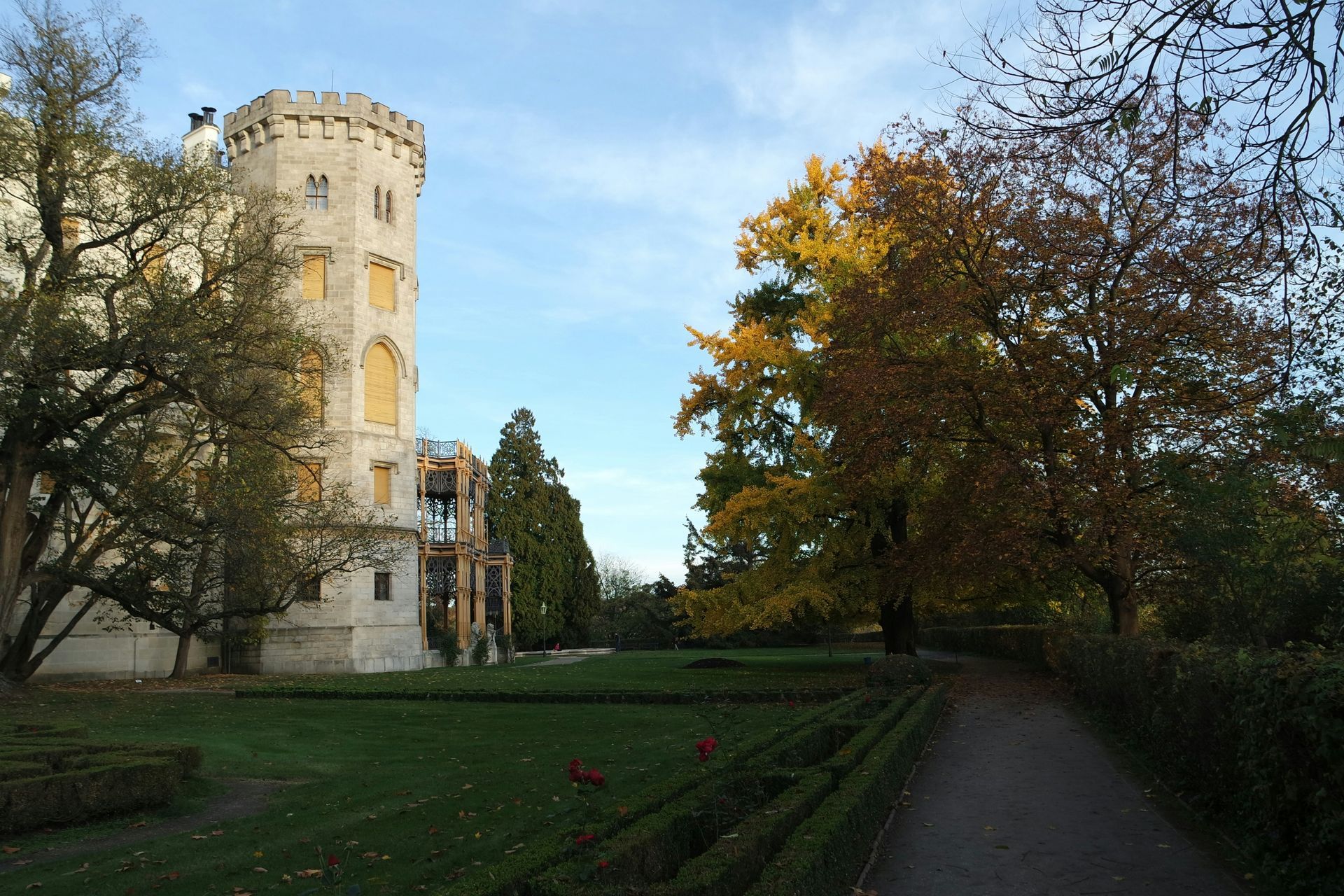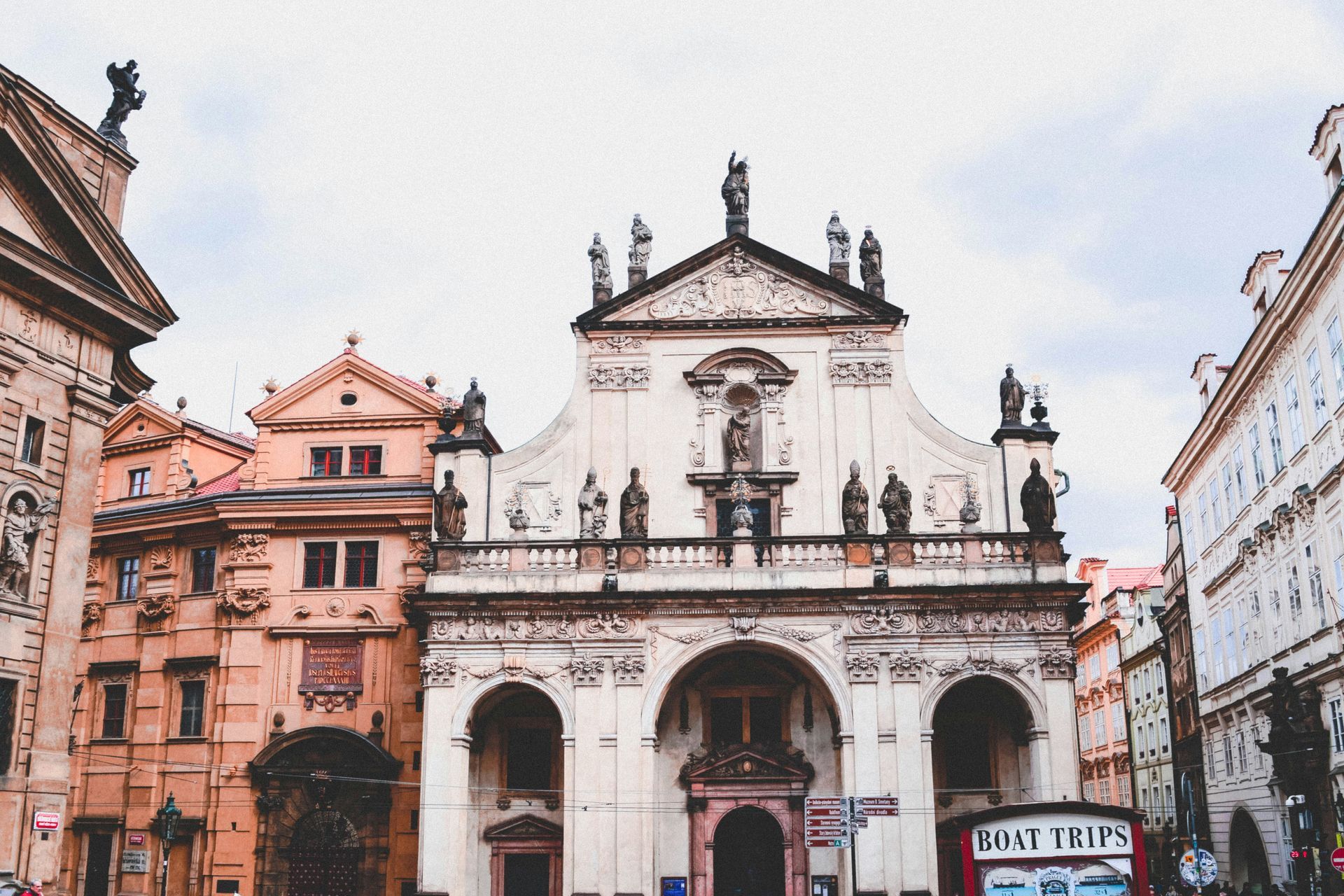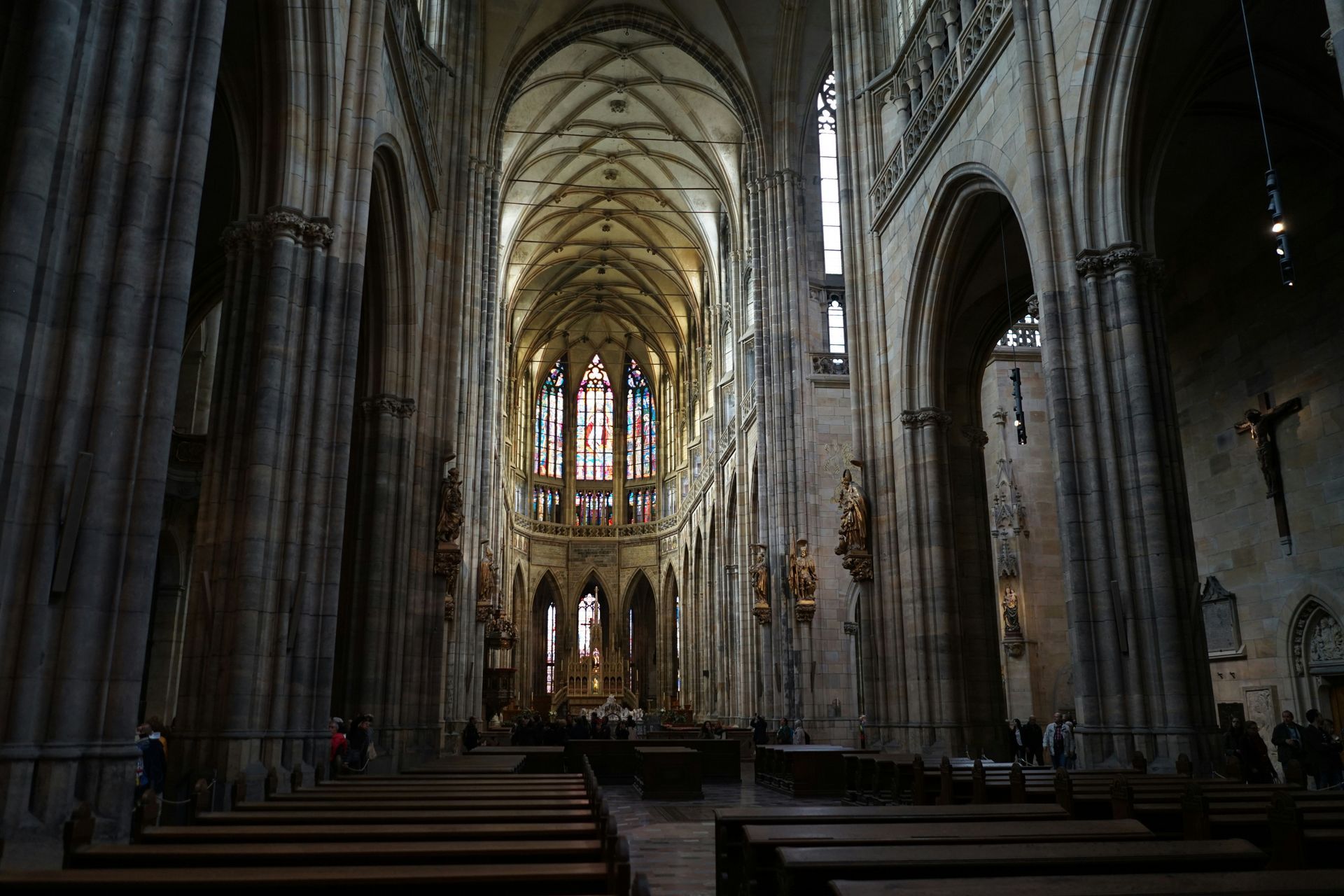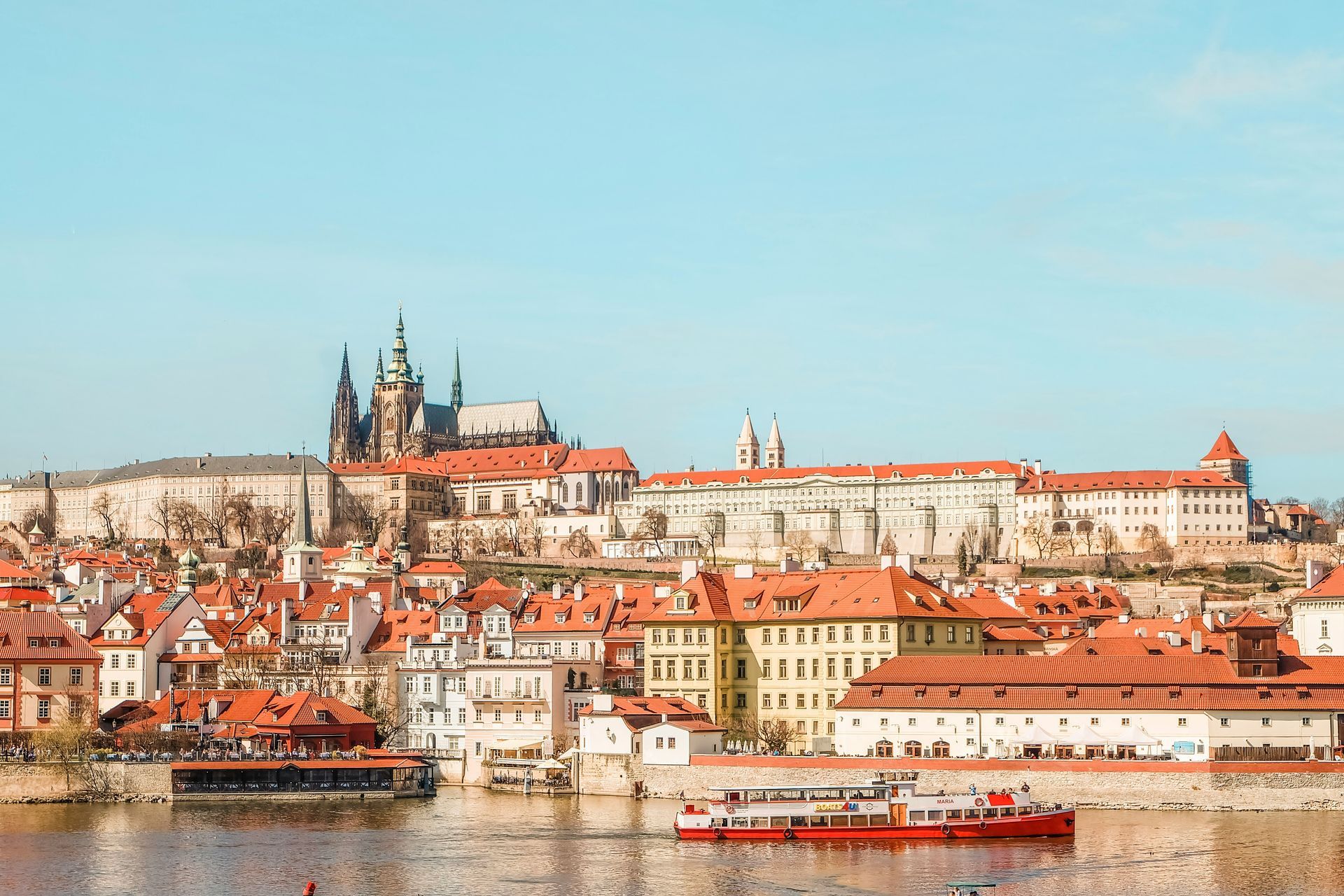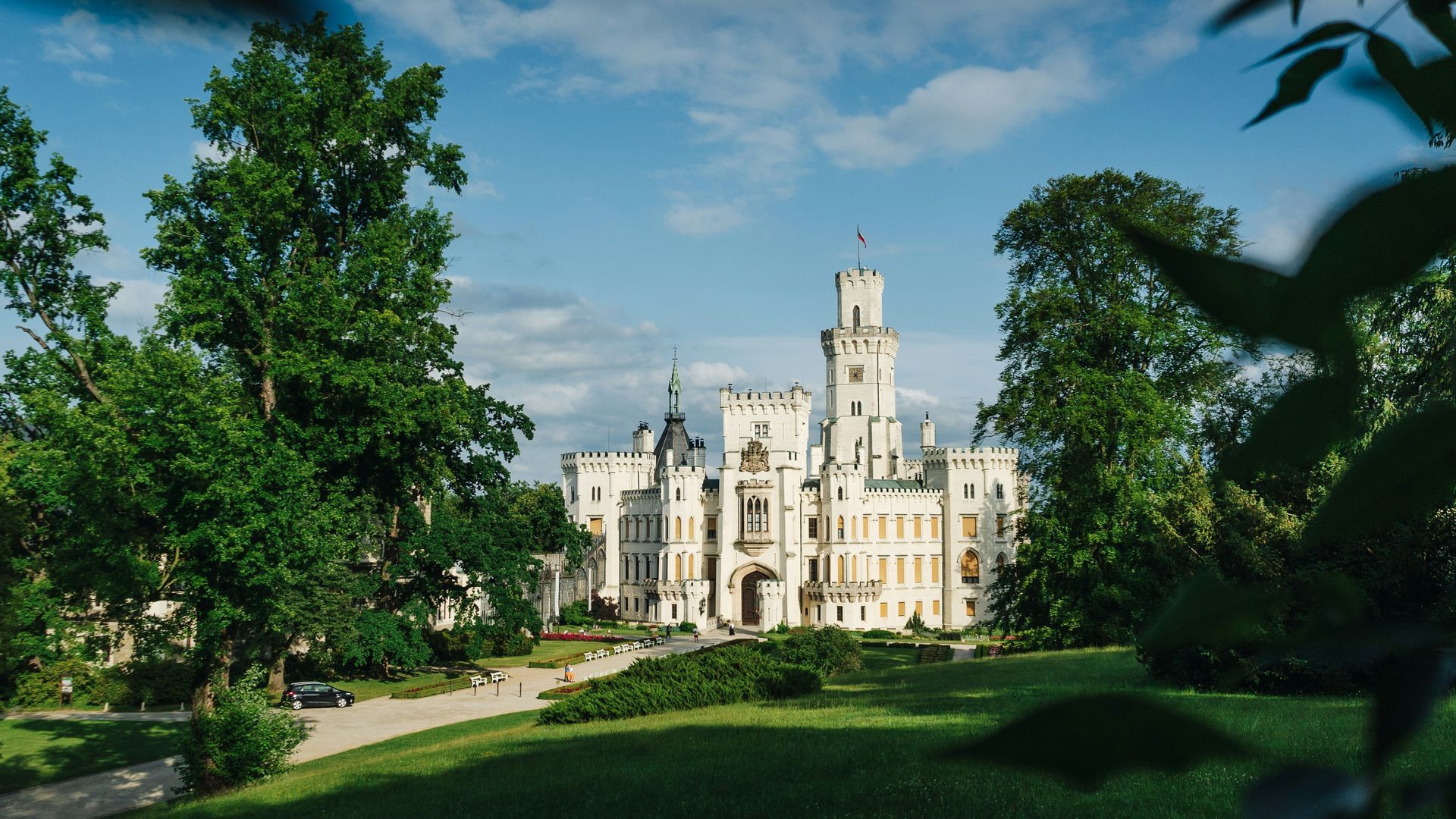Spreading Smile across the globe
Hidden Gems of Northern Italy
Hidden Gems of Italy are a testament to the country's diverse and enchanting beauty, often concealed from the traditional tourist routes. While Italy is celebrated for its iconic cities like Rome, Florence, Venice, and the Amalfi and Cinque Terre coasts, it's the lesser-known destinations that promise a unique journey. These unexplored regions offer travellers a chance to experience Italy's authentic culinary delights, rich historical narratives, and stunning natural landscapes. From the northern reaches to the southern shores, these Hidden Gems of Italy reveal a different facet of this remarkable nation.
Lake Orta - Piedmont
Hidden Gems of Italy come to life at Lake Orta, tucked away near the Swiss border in the heart of Piedmont. This hidden paradise often evades the spotlight compared to its more famous counterparts like Lake Como and Lake Garda. The historic town of Orta San Giulio, with its Baroque and Medieval architecture, cobbled streets, and idyllic Piazza Motta, enchants visitors. The glistening waters of the lake itself invite moments of serenity. What makes Lake Orta truly extraordinary is the mysterious island at its centre—a tranquil sanctuary inhabited by resident nuns.
Treviso - Veneto
Among the Hidden Gems of Italy, Treviso stands as a city in the Veneto region that retains its genuine northern Italian charm. Meandering through its narrow cobbled lanes, picturesque canals, and medieval city walls feels like a step back. Positioned on the fringes of the renowned Prosecco wine region, Treviso provides a delightful excuse for an aperitivo with a glass of Italy's renowned sparkling Prosecco.
Aosta Valley
Nestled among the bordering landscapes of Switzerland and France, the Aosta Valley showcases breathtaking alpine scenery, perched castles, and traditions that thrive throughout the year. When spring and summer arrive, the region's walking trails entice explorers. This season also brings lively festivals that celebrate folk traditions that date back to medieval times. Be sure to savour the local cheese Fontina, a culinary delight that embodies the spirit of this Hidden Gem of Italy.
Alba - Piedmont
Alba, a sought-after destination among Italy's hidden gems, is situated in the vineyards of the Langhe Hills. Once adorned with a hundred towers, Alba exudes a charming rural ambience. It's renowned for its autumn truffle festival, a gastronomic event that captures the essence of the region. Alba is also celebrated for its dark chocolate, hazelnut groves, white truffles, and prestigious wineries. It's from this very region that the sought-after Barolo wine originates.
Camogli - Liguria
Camogli, a typical and vibrant Italian seaside village on the Ligurian Riviera di Levante, perfectly embodies the spirit of the Hidden Gems of Italy. Towering, brightly painted houses dominate the town, and it has become a magnet for visitors seeking pristine beaches, Ligurian cuisine, the rustic fishing marina, Italian culture, and a tranquil natural setting. Camogli has earned its reputation for culinary excellence, focusing on fish and seafood, particularly anchovies and tuna, as well as the iconic pesto sauce made from basil and pine nuts.
Brescia - Lombardy
Hidden Gems of Italy often come alive through history, and Brescia is no exception. In this small city, history unfolds through a tapestry of architectural styles, spanning Roman, Medieval, Renaissance, Baroque, and even Art Deco. Walking through Brescia feels like a journey through time, and a visit to the captivating Piazza della Loggia, framed by a stunning Venetian-style palace at its heart, is a must for history enthusiasts.
Trieste
Trieste is a refreshingly unique destination, an Italian city positioned near the Slovenian border with its dialect that's a delightful blend of Austrian-German, Greek, Croatian, and Italian. Trieste's neoclassical waterfront is a sight to behold, with its marina brimming with stylish, glimmering yachts. The city's offerings include clear blue skies, expansive sandy beaches, city lidos, and the surrounding vineyards. Trieste is a Hidden Gem of Italy that belongs on every traveller's Northern Italian itinerary.
Modena - Emilia-Romagna
Modena is famed for its Hidden Gems of Italy, including balsamic vinegar, Luciano Pavarotti, the Romanesque cathedral, and the nearby Ferrari museum. Beyond these illustrious attractions, Modena reveals a treasure trove of remarkable restaurants. Massimo Bottura's Osteria Francescana has twice earned a place among the world's top 50 eateries, showcasing the culinary excellence of this Hidden Gem. While in Modena, don't miss the chance to savour local specialities like stuffed tortellini and sparkling Lambrusco wine, the perfect complement to your gastronomic journey.
Chiusa / Klausen - South Tyrol
Chiusa, also known as Klausen, is one of Italy's most picturesque villages. It is situated on the banks of the Isarco River in the South Tyrolean region near the Austrian border. Chestnut groves, green fields, vineyards, and farmsteads surround the town. In the village itself, visitors are captivated by narrow alleyways, coats of arms, large bay windows, crenellated facades, and the two main squares.
Ravenna - Emilia-Romagna
Ravenna offers a treasure trove of experiences among the Hidden Gems of Italy. This city is a feast for the senses, with its diverse offerings of food, music, art, culture, history, beaches, wine, and mosaics. Ravenna is home to eight UNESCO-listed sites, making it a must-visit for history and art enthusiasts. It's also known for its two-month-long music festival, Dante Alighieri's tomb, local culinary delights, nearby beach resorts, and the opportunity to explore pinewood forests. The city's fame is derived from its stunning mosaics, dating from the fifth and sixth centuries, scattered throughout the town.
In conclusion, Italy's Hidden Gems invite you to embark on a journey less travelled, where the rich tapestry of history, diverse cuisine, and breathtaking landscapes come to life. These lesser-known destinations provide an authentic Italian experience, away from the bustling crowds, revealing the nation's soul in its purest form. Explore these Hidden Gems to uncover Italy's hidden treasures.
Hidden Gems of Central Italy
Hidden Gems of Italy beckon the adventurous traveller to explore the lesser-known treasures that this remarkable country holds. From the picturesque valleys of Tuscany to the medieval charm of Umbria, the mysterious landscapes of Molise, and the architectural wonders of San Gimignano, these destinations promise unforgettable experiences.
Garfagnana - Tuscany
The Garfagnana region is a hidden gem in the beautiful Tuscan valley north of Lucca. It is crossed by the Serchio River, and the landscape is characterized by fertile greenery, rugged mountains, and charming villages. Outdoor activities such as hiking, walking, and mountain biking are enjoyed by many people in this area. Garfagnana is home to several one-of-a-kind attractions, including a ghost town, a wind cave, and the Devil's Bridge at Borgo a Mozzano.
Gubbio - Umbria
Umbria hides many treasures, and a particular favourite among Hidden Gems of Italy is the Medieval hilltop town of Gubbio. Gubbio, a city with a history dating back over 2,000 years, is a maze of cobbled streets and stone buildings that have been perfectly preserved. Visitors can take a cable car to the summit of Mount Ingino to enjoy panoramic views of the surrounding area. In addition, Gubbio hosts Italy's oldest event, the Corsa dei Ceri, in which teams race through the streets carrying massive wooden candles.
Molise
Molise is Italy's second-smallest region and one of its best-kept secrets. Hidden Gems of Italy are plentiful here. The picturesque town of Agnone is renowned for its artisanal bells, produced by the oldest family-run bell foundry in the world. Meanwhile, Campobasso, the regional capital, boasts a stunning medieval old town. Molise offers a captivating mix of historical charm and natural beauty, with rugged mountains, rolling hills, and pristine beaches along the Adriatic coast.
San Gimignano - Tuscany
Nestled in the heart of Tuscany, San Gimignano boasts medieval architecture and, of course, its famous towers. The town's historic centre is a UNESCO World Heritage site, known for its fourteen stone towers that once symbolised wealth and power. San Gimignano offers a glimpse into medieval Tuscany, with well-preserved streets and squares that transport visitors to another time. Besides the towers, make sure to explore the Collegiate Church and indulge in the local Vernaccia wine, a crisp white wine produced in the region.
Spello - Umbria
Another gem in the heart of Italy, Spello enchants visitors with its winding medieval streets and stunning floral displays. Known as the "Città Infiorata" or "flower town," Spello hosts the Infiorata festival, during which the streets are carpeted with intricate flower petal designs. This event occurs in early June and is a magnificent spectacle. Outside of the festival, Spello's charm continues with its well-preserved historic centre and beautiful churches.
Trulli of Alberobello - Apulia
Apulia, or Puglia, is famous for its unique trulli houses, and Alberobello is the epicentre of this architectural marvel. These whitewashed conical homes are a UNESCO World Heritage Site that offers a glimpse into the region's history. Visitors can even stay in trulli that have been converted into accommodations, providing a truly immersive experience.
Norcia - Umbria
Nestled in the Sibillini Mountains, Norcia is renowned for its gastronomy. This charming town produces exceptional cured meats, particularly prosciutto and salami. For food enthusiasts, Norcia is a true Hidden Gem of Italy. Explore local shops, taste the region's specialities, and visit the beautiful town square. Nature enthusiasts will also find hiking trails and natural beauty in the nearby Monti Sibillini National Park.
Montefalco - Umbria
Montefalco is often called the "Balcony of Umbria" for its stunning views over the surrounding valley. This charming town is also known for its wine, particularly Sagrantino, one of Italy's most robust red wines. Montefalco's medieval centre is picturesque and hosts several churches with remarkable frescoes, making it a cultural and gastronomic gem.
Castelluccio di Norcia - Umbria
High in the Sibillini Mountains, Castelluccio di Norcia is a quaint village known for its stunning wildflower blooms in late spring and early summer. The surrounding plateau becomes a colourful tapestry, attracting photographers and nature enthusiasts. Besides the flowers, visitors can enjoy hiking and take in the breathtaking scenery. Hidden Gems of Italy like Castelluccio di Norcia provide a unique connection to nature and the changing seasons.
In the heart of Italy, a treasury of Hidden Gems awaits the intrepid traveller. From the mysterious ghost town of Garfagnana to the ancient charms of Gubbio, the enchanting landscapes of Molise, and the medieval splendours of San Gimignano, these lesser-known destinations reveal Italy's diverse beauty and rich history. Journey through the tranquil streets of Spello, marvel at the unique trulli houses in Alberobello, savour the culinary delights of Norcia, and bask in the vibrant blooms of Castelluccio di Norcia. These Hidden Gems of Italy promise an unforgettable adventure in a land of timeless wonder.
Hidden Gems of Southern Italy
Italy, a land of rich history, captivating art, and exquisite cuisine, is known for its iconic cities and world-famous landmarks. Despite the tourist-filled streets and crowded piazzas, the country holds many hidden gems—lesser-known destinations that offer a more intimate and authentic experience. These places, tucked away in various corners of Italy, are a testament to the nation's diverse and enchanting beauty, waiting to be explored by the discerning traveller. From medieval towns perched atop hills to charming coastal villages and ancient archaeological sites, the Hidden Gems of Italy promise unique adventures and unforgettable memories.
Civita di Bagnoregio - Lazio
Civita di Bagnoregio is often called the "Dying Town" because of its gradual erosion over the centuries. This medieval village is perched on a hilltop and can only be reached by a long footbridge. It's a unique destination, seemingly suspended in time, and is the perfect Hidden Gem for history buffs and photographers.
Matera - Basilicata
Matera, known for its cave dwellings, is one of Italy's most intriguing and unique destinations. The Sassi di Matera, a historic cave settlement, is a UNESCO World Heritage Site. Matera is gaining popularity but still qualifies as one of the Hidden Gems of Italy. Touring this labyrinth of stone-carved rooms and narrow streets offers an incredible historical journey.
Sperlonga - Lazio
Sperlonga is a charming coastal town characterized by its pristine beaches, winding alleys, and picturesque piazzas. Nestled between Rome and Naples, Sperlonga is often overlooked by travellers. A visit here reveals a relaxed and authentic Italian atmosphere, perfect for strolls and seaside relaxation. Take advantage of the Grotto of Tiberius, a cave once used as the emperor's villa and now a museum.
Paestum - Campania
The ancient ruins of Paestum, originally a Greek colony known as Poseidonia, provide an extraordinary window into Italy's history. The temples are exceptionally well-preserved, ranking among the best-preserved in the world. Paestum is also home to a fascinating archaeological museum that displays artefacts from the site. Enjoy a step back in time amid the Hidden Gems of Italy.
Castro - Apulia
Castro, a picturesque coastal town, boasts a historic centre perched on a rocky outcrop. Visitors can explore ancient churches, fortifications, and a charming harbour. Castro also has sea caves that can be explored by boat. The region's cuisine is a seafood lover's paradise, making this town a Hidden Gem for food enthusiasts as well.
Scilla - Calabria
Scilla, an idyllic coastal village in Calabria, offers stunning sea views and hidden beaches. The town is known for the Ruffo Castle, which dominates the landscape, and the legendary sea monster Scylla from Greek mythology. The charming village is a serene and lesser-known alternative to some of the more crowded Italian seaside destinations.
San Marino
San Marino is a microstate surrounded by Italy and is one of the world's oldest republics. It's a destination that's often missed, making it a true Hidden Gem. San Marino boasts dramatic mountaintop views, historic architecture, and unique attractions like the Guaita Tower and the Palazzo Pubblico. For collectors, the country is also known for its beautiful stamps and coins.
Conclusion
Discovering the Allure of Hidden Gems of Italy
Hidden Gems of Italy offers travellers an authentic experience, far removed from the tourist-packed cities and famous landmarks. These lesser-known destinations unravel the genuine charm, culture, history, and culinary wonders that make Italy an endlessly fascinating country to explore. From the mountains of the North to the coasts of the South, each region holds its treasures, waiting to be discovered by those who venture off the beaten path. By exploring the Hidden Gems of Italy, you can craft a unique and unforgettable journey that deepens your appreciation of this incredible country. Plan your trip carefully, and you will be rewarded with the beauty, history, and flavours that characterize these enchanting places.
A Journey Through Czech History and Culture
The Czech Republic is a country where history and culture seamlessly intertwine, offering visitors a rich tapestry of experiences. From medieval castles and Gothic cathedrals to Baroque palaces and Renaissance squares, every corner of the nation tells a story deeply rooted in Czech Republic history. This rich history is evident not only in the beautifully preserved architecture but also in the traditions, festivals, and artistic legacy that continue to thrive. Over centuries, the Czech lands have been shaped by monarchies, revolutions, and resilience, leaving behind a legacy that continues to influence its modern identity.
Whether you’re wandering through the cobbled streets of Prague’s Old Town, admiring the grandeur of Český Krumlov, or exploring the countryside’s hidden gems, the echoes of Czech history are ever-present. In this journey through Czech culture and history, we’ll uncover the landmarks, stories, and traditions that have defined the nation, offering a deeper understanding of its past and present. Discover how the Czech Republic’s unique history contributes to its rich cultural landscape today.
The Birth of a Nation: Early Medieval Times
The Czech Republic history traces its roots back to ancient times, long before the modern state came into existence. The area, historically referred to as Bohemia, was initially settled by Celtic tribes as far back as the 4th century BC. These tribes left a rich archaeological legacy, including evidence of their settlements and craftsmanship. Following the Celts, the Germanic Marcomanni tribe moved into the area, but it was not until the 6th century AD, with the arrival of the Slavic people, that the foundation of modern Czech identity began to take shape.
The Slavs established themselves in the fertile lands of Bohemia and Moravia, gradually forming the basis of what would later become the Czech nation. During this time, the cultural and political foundations of the region started to take shape. In 863 AD, Saints Cyril and Methodius arrived from the Byzantine Empire, playing a crucial role in Czech Republic history by introducing Christianity. Their mission not only brought new religious ideas but also fostered literacy and cultural growth among the Slavic population.
Cyril and Methodius created the Glagolitic alphabet, enabling the Slavs to read the Bible in their own language. This development in education and literacy marked a pivotal moment in the region's history. The introduction of Christianity deeply influenced the religious, cultural, and societal development of the Czech lands, and it set the stage for the rise of the Přemyslid dynasty—a powerful ruling family that would dominate Bohemia for centuries.
The Přemyslids are one of the most important dynasties in Czech Republic history, as they established the early medieval kingdom that would eventually evolve into a significant political and cultural force in Central Europe. Their reign laid the groundwork for the development of Prague as a key city in Europe and helped shape the cultural identity that would carry through to the modern Czech Republic.
The Golden Age of the Czech Lands: The Kingdom of Bohemia
The Czech Republic history reached one of its most illustrious periods during the reign of the Kingdom of Bohemia, established in the 10th century. This medieval kingdom grew to become a dominant force in Central Europe, and its significance peaked under the reign of Charles IV in the 14th century. Charles IV, one of the most cherished and influential figures in Czech Republic history, transformed Prague into the capital of the Holy Roman Empire, bringing both prosperity and cultural enrichment to the Czech lands.
Charles IV's vision for Prague was grand. He founded Charles University in 1348, making it the first university in Central Europe, a monumental step that established Prague as a center of intellectual and academic achievement. The university attracted academics from throughout Europe and embodied the intellectual strength of the Czech lands. In addition to fostering learning, Charles IV initiated the construction of iconic landmarks that define Prague to this day. The Charles Bridge, a magnificent piece of medieval engineering, and the majestic St. Vitus Cathedral, an architectural gem, both stand as symbols of the cultural and artistic legacy of his reign.
This golden age was marked by a flourishing of Gothic architecture and the arts, which spread throughout the kingdom. The construction of churches, palaces, and public buildings reflected the wealth and artistic sophistication of the time. Prague, with its striking spires, grand squares, and cobblestone streets, became a magnet for scholars, artists, and merchants from across Europe. The city thrived as a center of trade, politics, and culture, embodying the prestige of the Kingdom of Bohemia during this period.
The medieval charm that still characterizes Prague today is a direct result of this golden age in Czech Republic history. Charles IV’s reign left a lasting legacy that not only elevated Bohemia’s status within Europe but also shaped the cultural and intellectual identity of the Czech people for generations to come.
The Hussite Wars: Religious Reform and Struggle
The 15th century stands as a pivotal chapter in Czech Republic history, defined by both innovation and conflict. At the heart of this turbulent era was Jan Hus, a priest, philosopher, and early reformer who became one of the most influential figures in the Czech lands. Hus’s calls for religious reform, particularly his criticism of the Catholic Church’s corruption and his demands for a more accessible and morally upright clergy, resonated deeply with the Czech population. His teachings, which laid the foundation for one of the earliest Protestant movements, challenged the religious and social order of the time. His radical ideas ultimately led to his excommunication and execution in 1415, an event that ignited widespread outrage among his followers.
The execution of Jan Hus became the catalyst for the Hussite Wars, a series of fierce civil and religious conflicts that engulfed the Czech lands for more than two decades. These wars were not just a fight for religious reform; they were also a struggle for national sovereignty and freedom from foreign dominance. The Hussites, driven by their desire for both religious autonomy and Czech self-determination, waged a determined battle against the Catholic Church and the powerful forces of the Holy Roman Empire.
The Hussites were known for their military innovations, including the use of war wagons in battle, and for their disciplined and fervent belief in their cause. Although the wars caused significant destruction and upheaval, they also strengthened Czech national identity. The conflict culminated in a compromise that allowed for some degree of religious tolerance within the kingdom, but the Hussite movement left an indelible mark on Czech Republic history.
The ideas propagated by Jan Hus and the Hussites would reverberate across Europe in the following century, laying crucial groundwork for the Protestant Reformation. The Hussite Wars thus stand as a precursor to the broader religious upheaval that would sweep across the continent, and their influence can still be felt in the Czech Republic’s deeply rooted tradition of questioning authority and valuing national and religious autonomy.
The Habsburg Rule: The Struggle for Independence
The 16th century marked the beginning of Habsburg rule in Bohemia, a critical era in Czech Republic history. As Bohemia became increasingly integrated into the Holy Roman Empire, the Czech lands experienced heightened influence from German-speaking elites, which significantly altered the region’s political and social fabric. This period of Habsburg dominance brought economic prosperity, with increased trade and cultural exchange, but it also deepened the divisions between the Czech people and their rulers. Religious differences, in particular, became a point of contention, as the predominantly Protestant Czech population clashed with the Catholic Habsburg monarchy.
One of the most significant events in Czech Republic history during this time was the Thirty Years' War (1618–1648), a devastating conflict that ravaged much of Central Europe. The war was ignited by the famous Defenestration of Prague in 1618, when Protestant nobles, in an act of defiance against Habsburg authority, threw two Catholic officials out of a window at Prague Castle. This bold gesture symbolized the growing resistance to the Habsburgs' attempts to impose Catholicism and centralize power, and it set off a series of conflicts that would engulf Europe for decades.
For the Czech people, the aftermath of the Thirty Years' War was particularly harsh. The war led to the loss of Bohemia’s political autonomy, with the Habsburgs imposing strict control over the region. This period of forced re-Catholicization saw the suppression of Protestantism, along with the marginalization of the Czech language and culture. The Habsburgs systematically replaced Czech officials with German-speaking administrators, and over time, Czech national identity was eroded as the monarchy sought to integrate the region more fully into their empire. For centuries, this struggle for religious and national independence would shape the Czech people’s resistance to foreign rule and their enduring quest for sovereignty, leaving a lasting imprint on Czech Republic history.
The National Revival: A Cultural Reawakening
The 19th century brought a resurgence of Czech national pride, often referred to as the Czech National Revival. This movement, fueled by the growing sense of nationalism across Europe, sought to reclaim the Czech language, culture, and identity. Writers, poets, and scholars played a crucial role in preserving Czech history and reviving traditions that had been suppressed under Habsburg rule.
Key figures of this period, such as František Palacký, often called the "Father of the Nation," worked tirelessly to document and promote the rich history of the Czech people. The revival of the Czech language, particularly in literature and public life, became a symbol of resistance against foreign domination. This cultural renaissance laid the foundation for the eventual push for independence.
The Birth of Czechoslovakia: A New Era
The end of World War I in 1918 brought a monumental change to Czech Republic history. The Austro-Hungarian Empire collapsed, and the independent state of Czechoslovakia was born, uniting Czechs and Slovaks under one nation. The first president, Tomáš Garrigue Masaryk, is still regarded as one of the most influential leaders in Czech history, guiding the new republic through its early years of independence.
Czechoslovakia quickly became one of the most advanced and industrialized nations in Europe, thriving in areas such as education, culture, and science. However, this period of prosperity was cut short by the rise of Nazi Germany. In 1938, the infamous Munich Agreement allowed Adolf Hitler to annex the Sudetenland, a predominantly German-speaking region of Czechoslovakia. A year later, Nazi forces occupied the entire country, plunging the nation into the horrors of World War II.
Post-War Struggles and Communist Rule
After the war, Czechoslovakia was liberated, but peace was short-lived. The 1948 Communist coup, supported by the Soviet Union, ushered in four decades of authoritarian rule. Under the communist regime, the country experienced severe political repression, economic stagnation, and the suppression of religious and intellectual freedoms.
Despite this, the Czech people continued to resist. The Prague Spring of 1968, led by reformist leader Alexander Dubček, was a brief period of political liberalization that sought to create "socialism with a human face." However, this movement was swiftly crushed by Soviet military intervention. The Czechoslovak people would not experience true freedom until the Velvet Revolution in 1989, when the communist regime peacefully collapsed, leading to the formation of the modern Czech Republic in 1993.
Czech Culture: A Rich Tapestry of Traditions
Today, Czech culture is a vibrant blend of old and new. While the Czech Republic has embraced modernity, its historical roots remain ever-present. The country’s folk traditions, particularly in music, dance, and festivals, reflect its deep connection to the land and its past. Czech cuisine, famous for hearty dishes like svíčková (marinated beef) and knedlíky (dumplings), also speaks to the nation’s agricultural heritage.
The arts continue to thrive in the Czech Republic, with Prague’s theaters, galleries, and museums celebrating both local and international talent. Literature, too, holds a special place in Czech society, with authors like Franz Kafka and Milan Kundera gaining international acclaim.
Conclusion: Embracing the Past, Shaping the Future
As the Czech Republic moves forward, its people remain deeply connected to their history and culture. From the medieval splendor of Prague to the political upheavals of the 20th century, the nation's journey is a testament to its resilience and adaptability. The Czech Republic's history is not just a record of past events; it is a living, breathing narrative that continues to influence the country's identity today.
Things To Do | Travel Information | Local's Favourites





